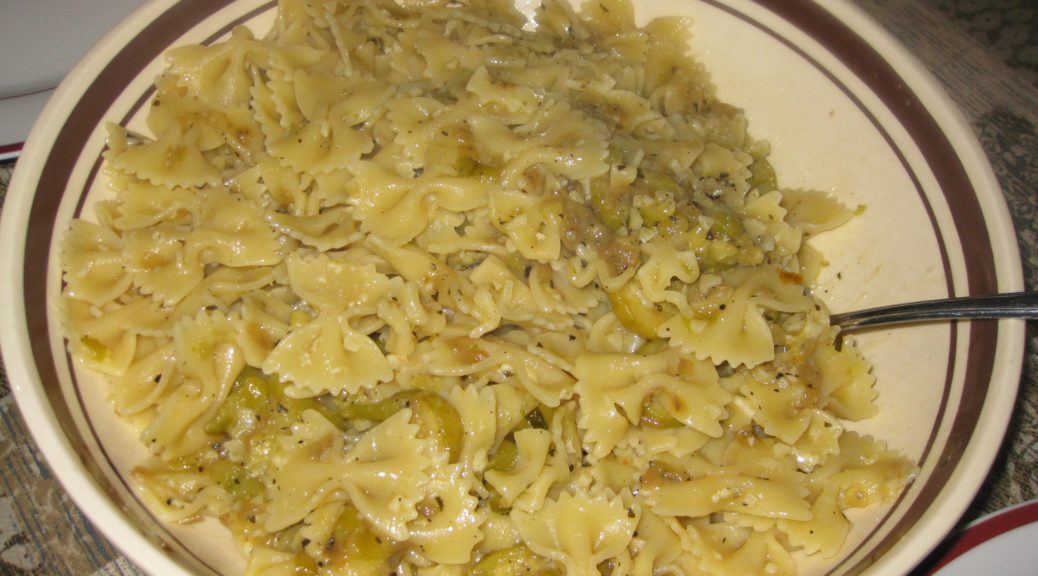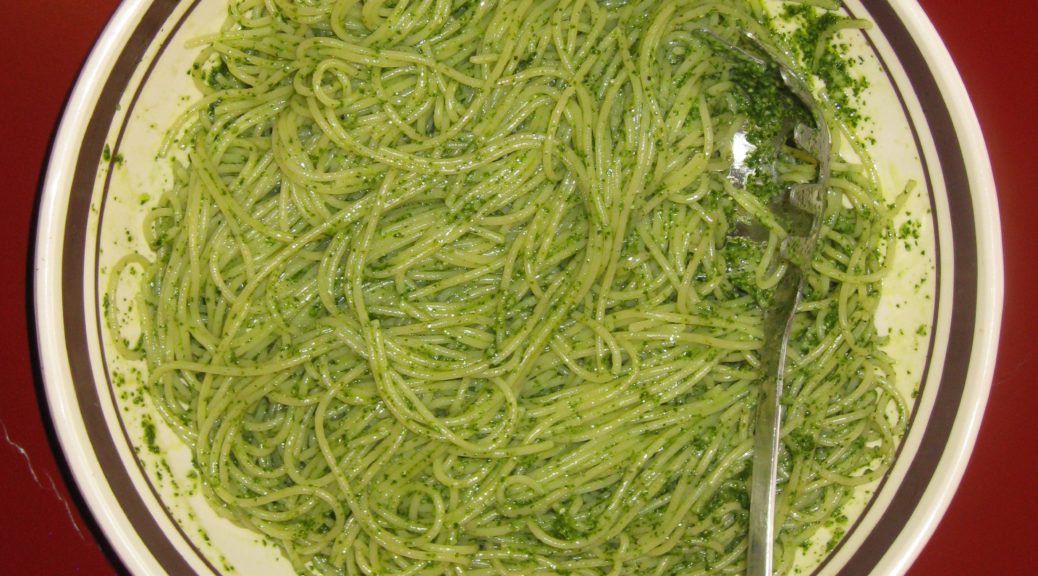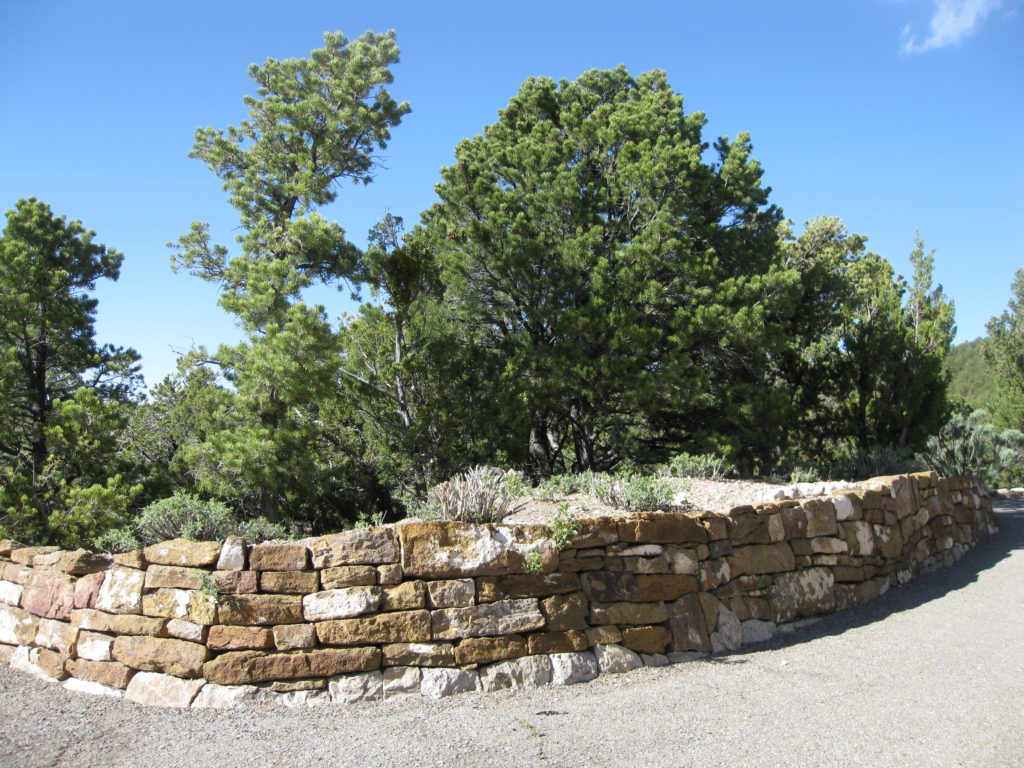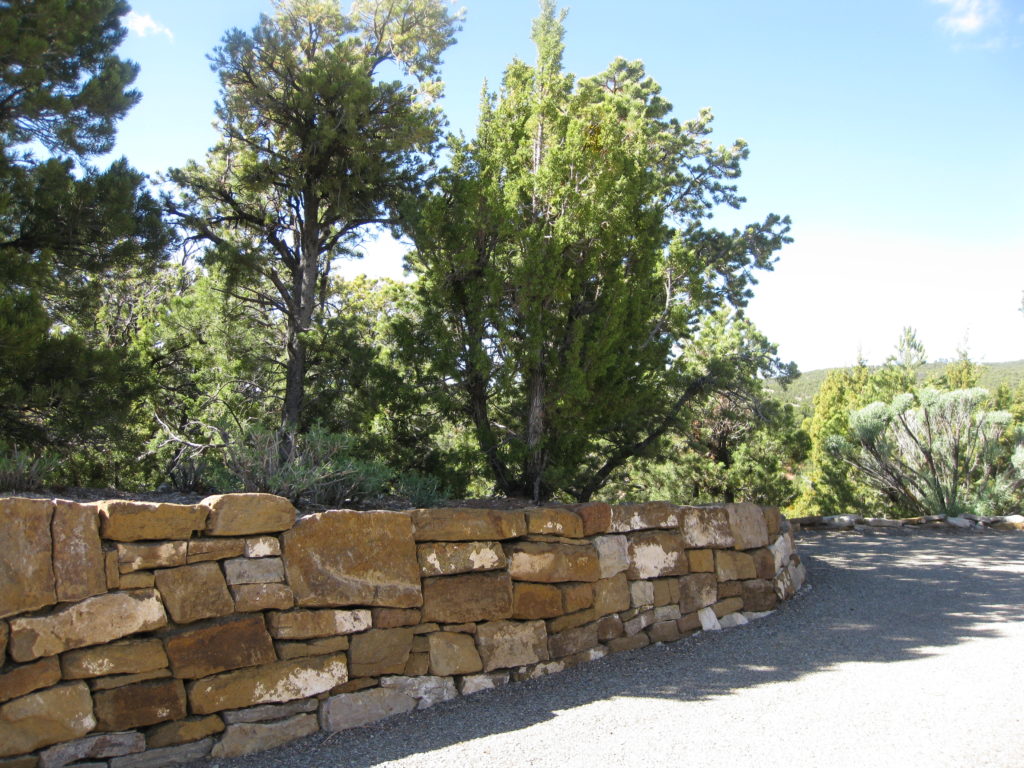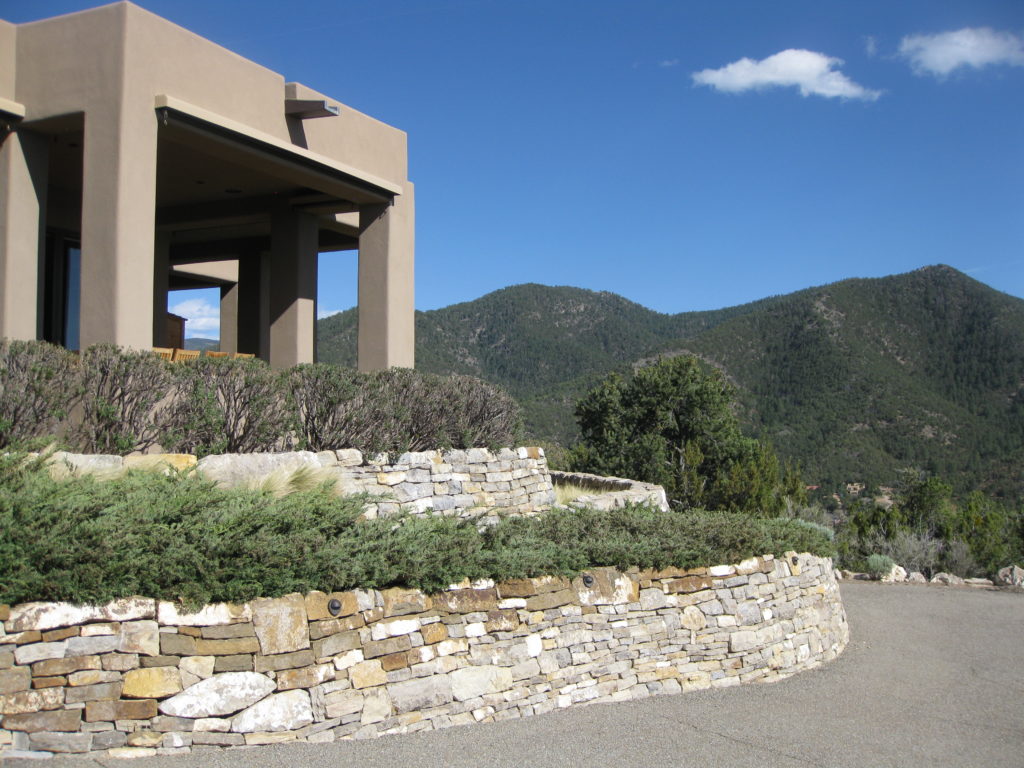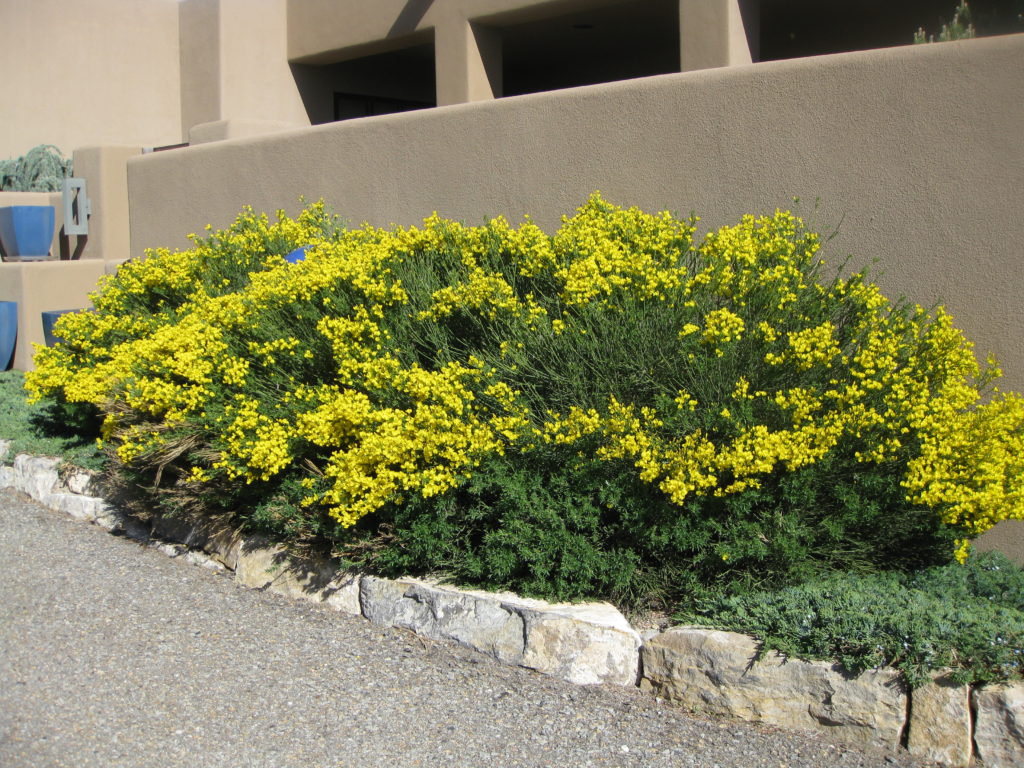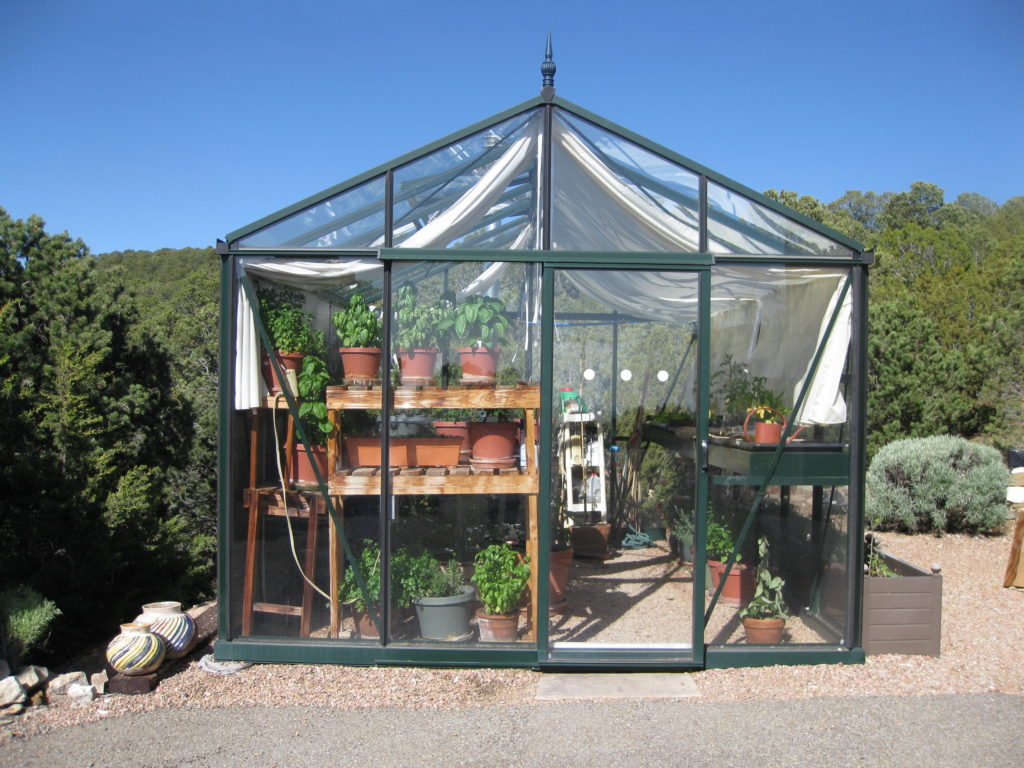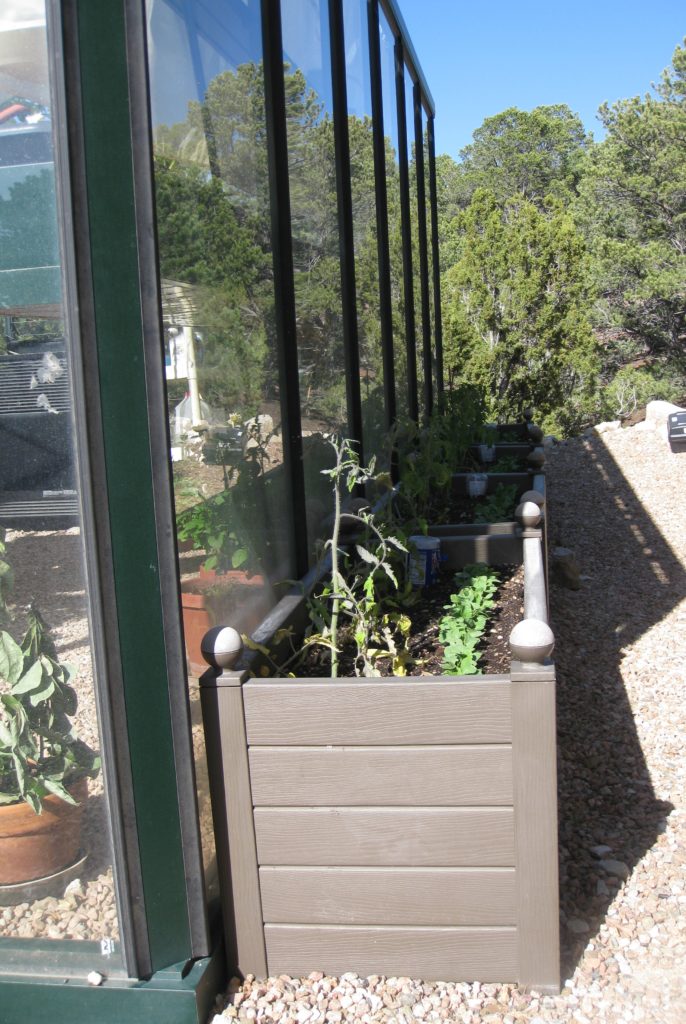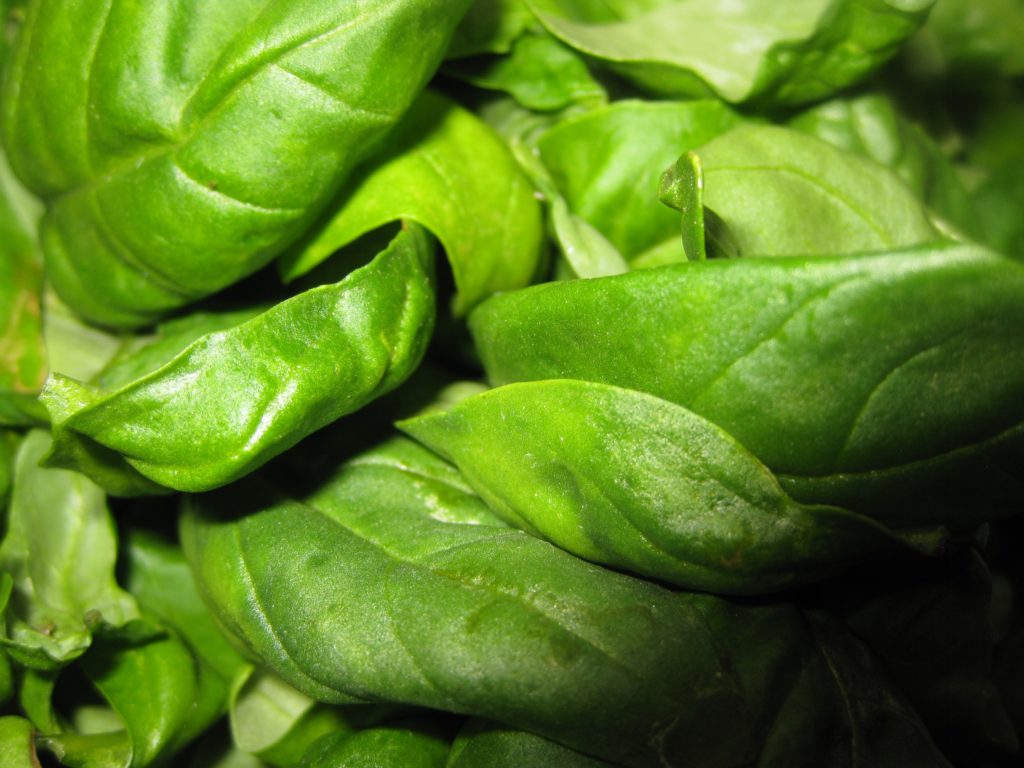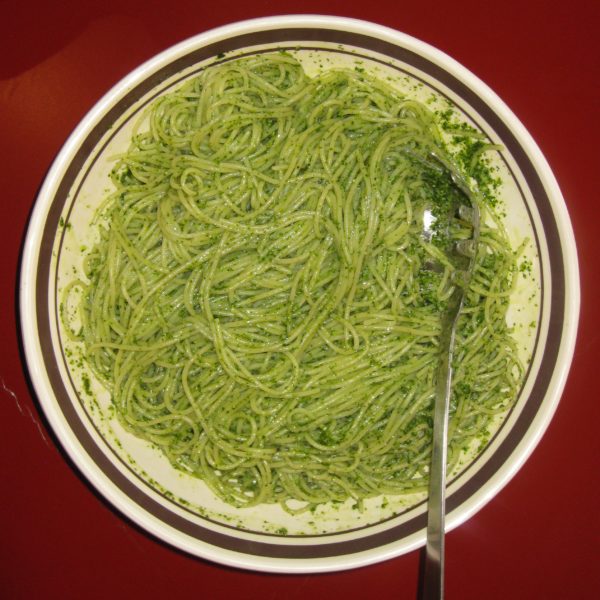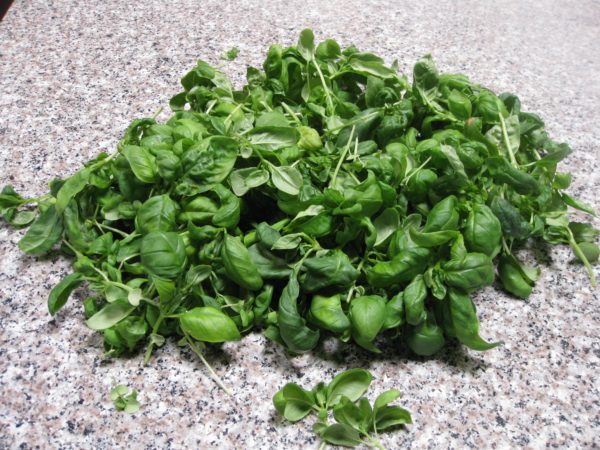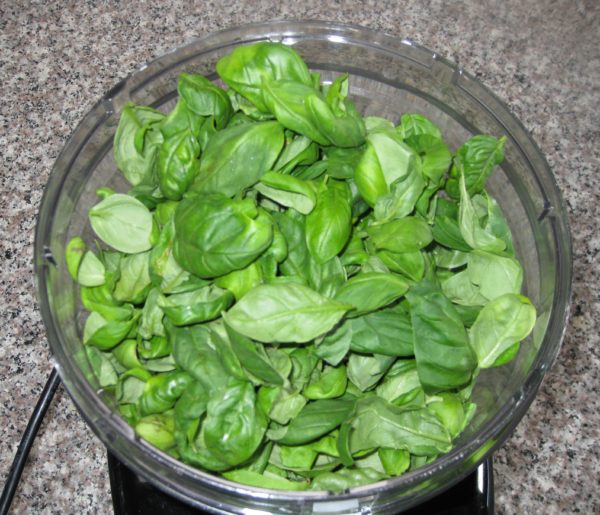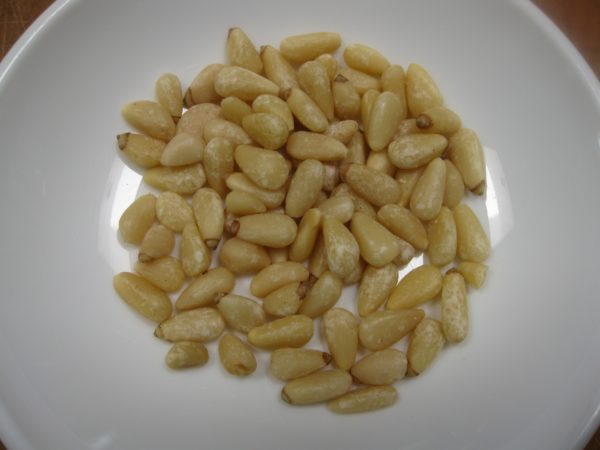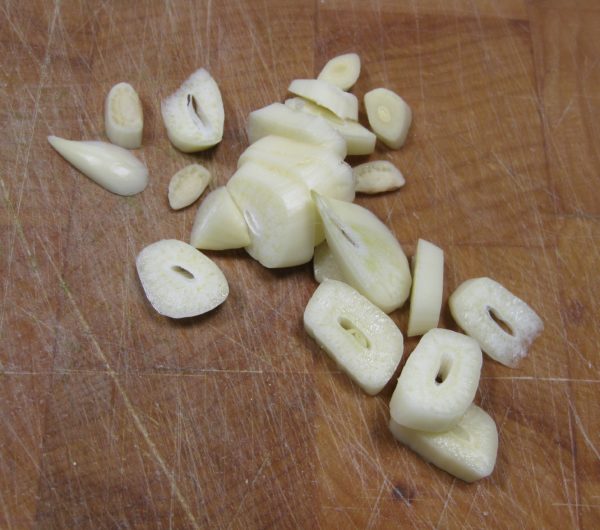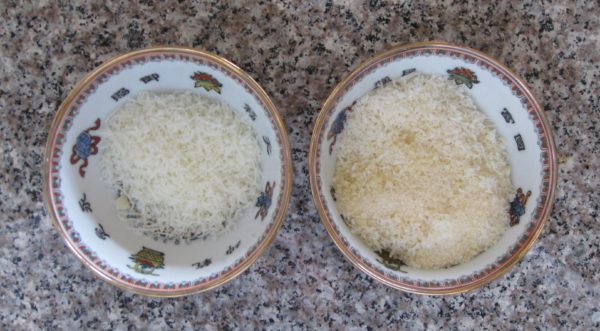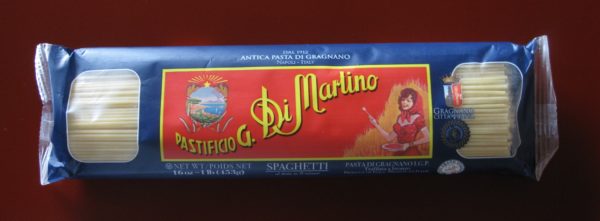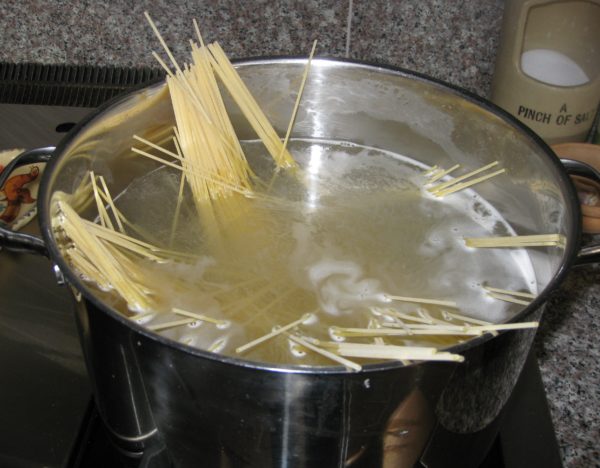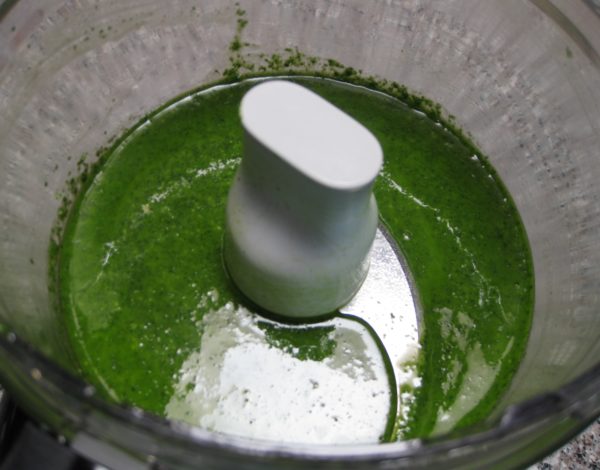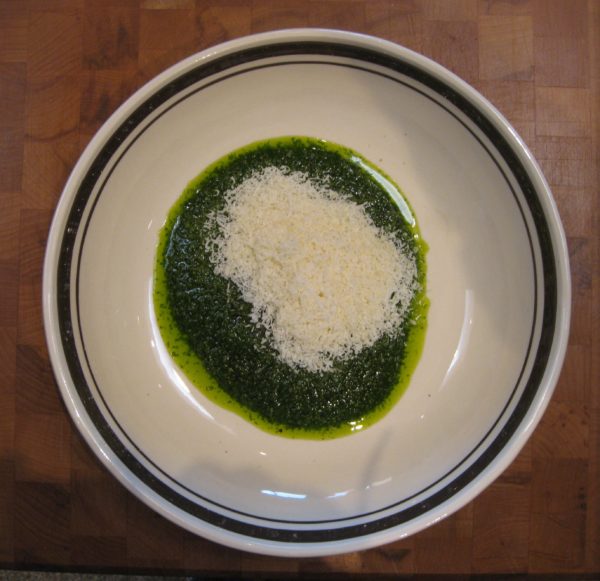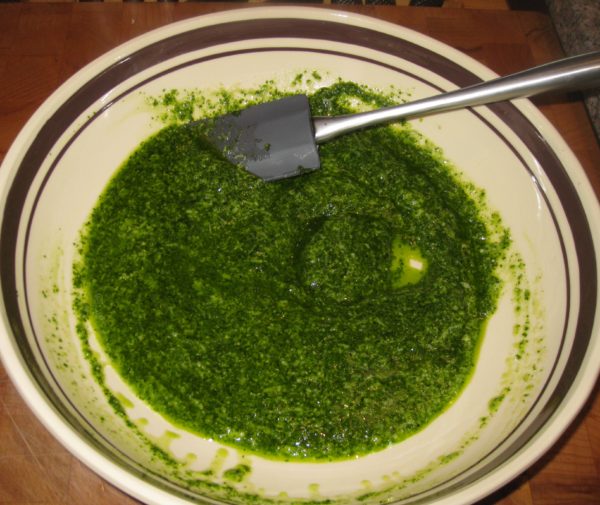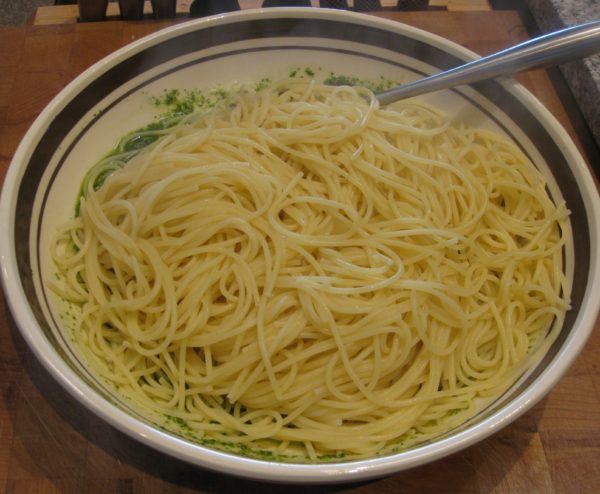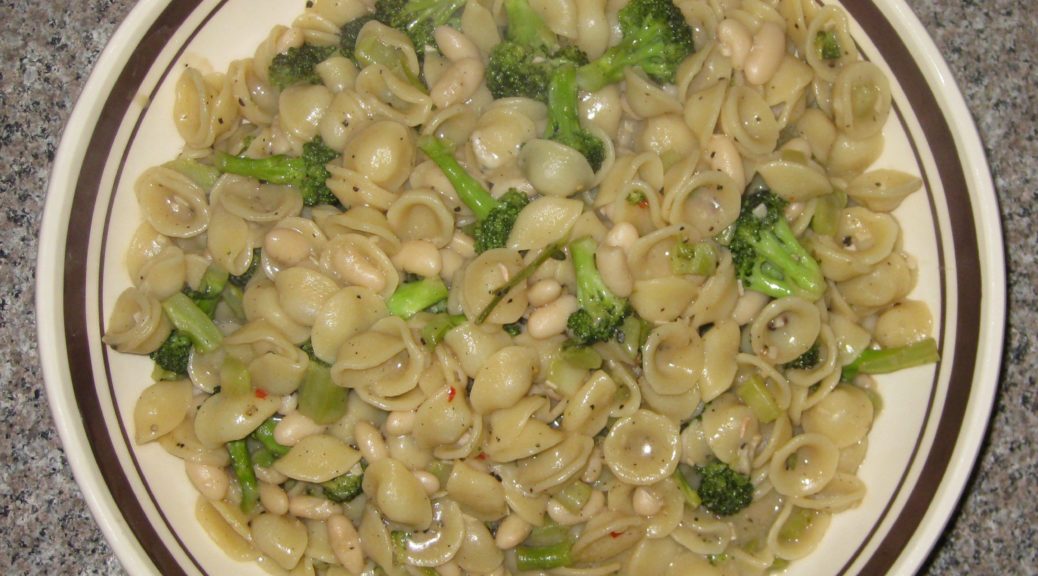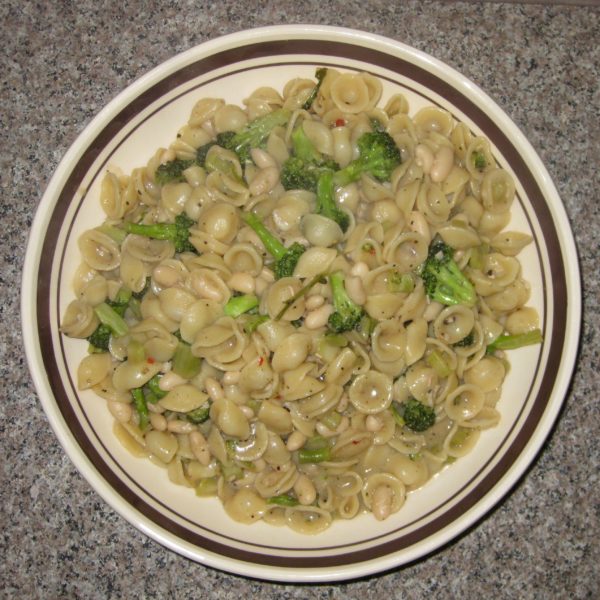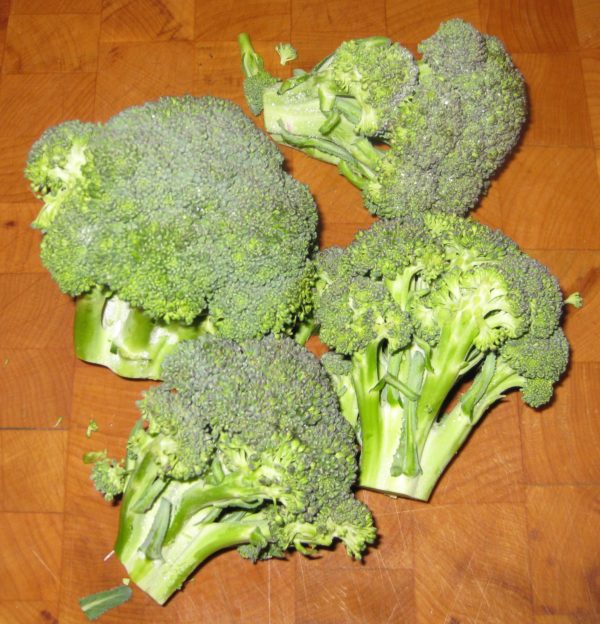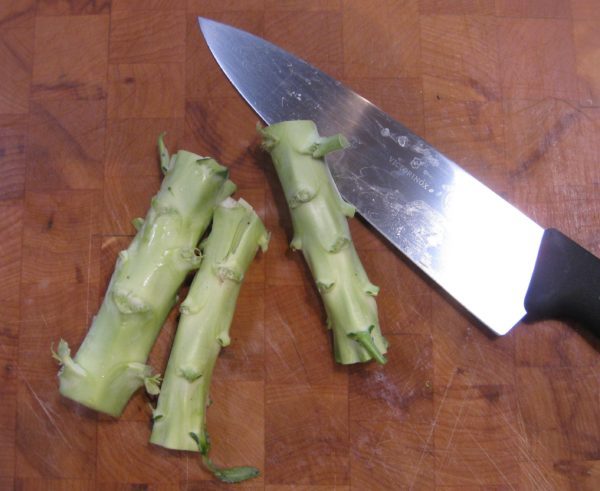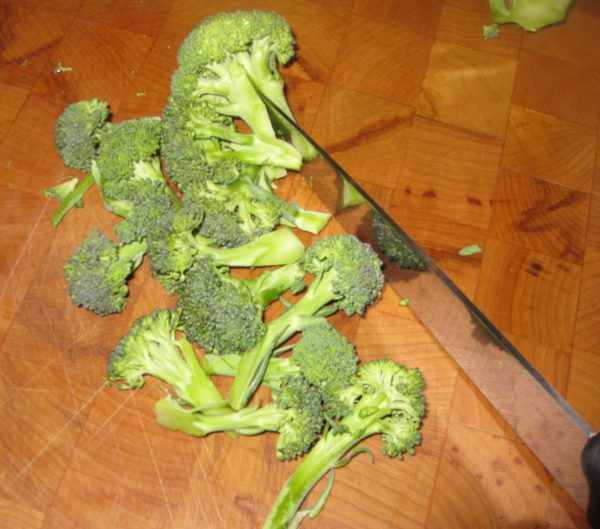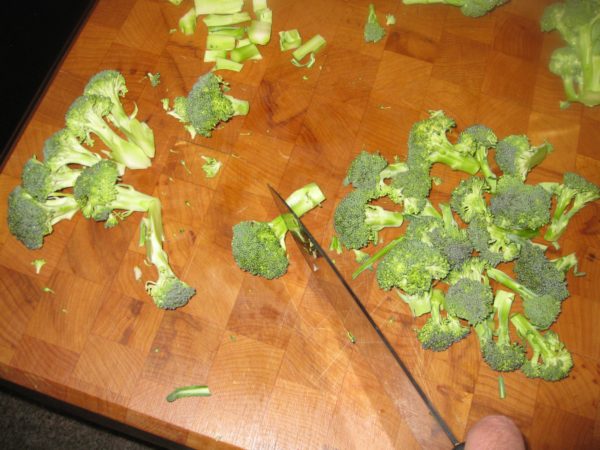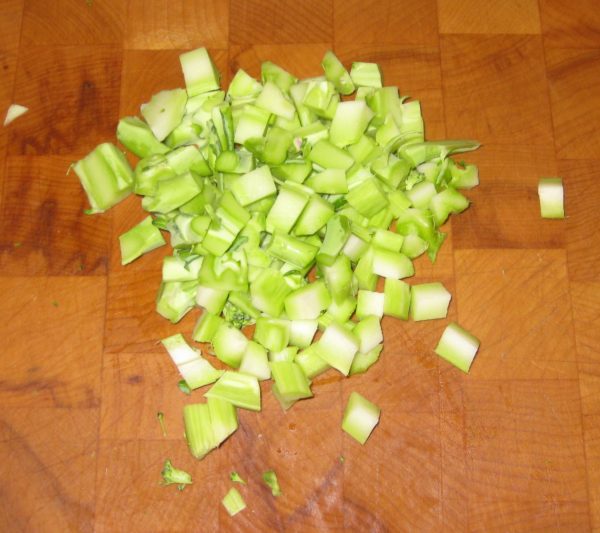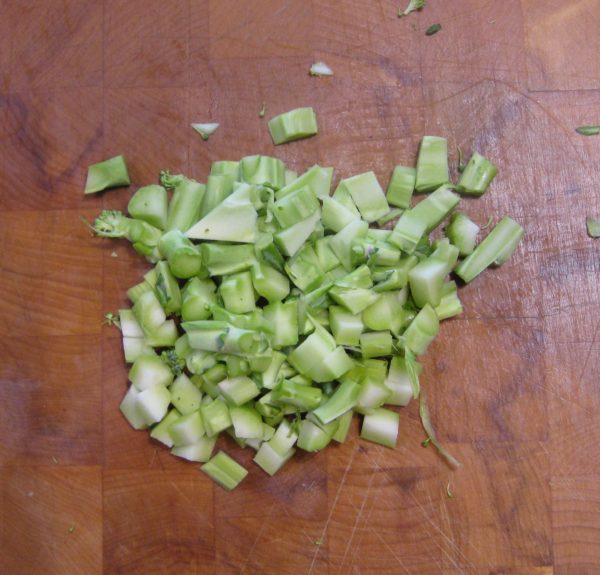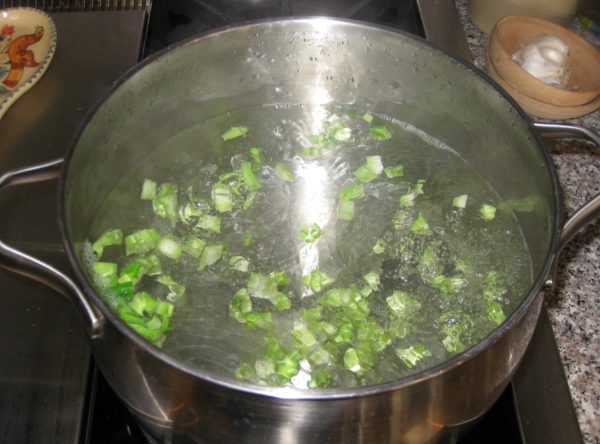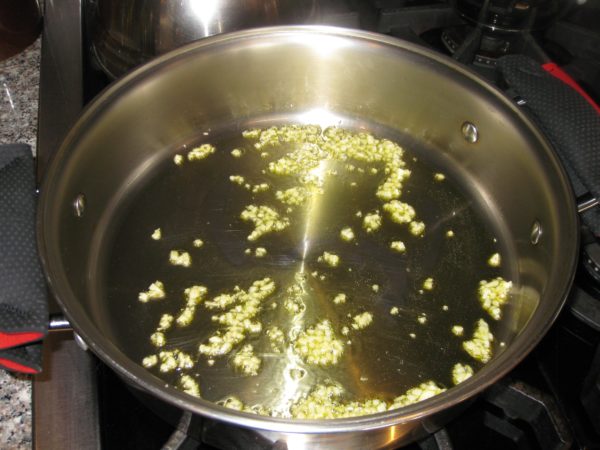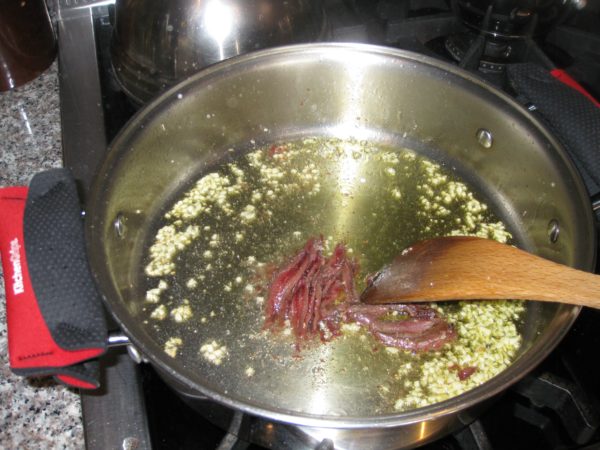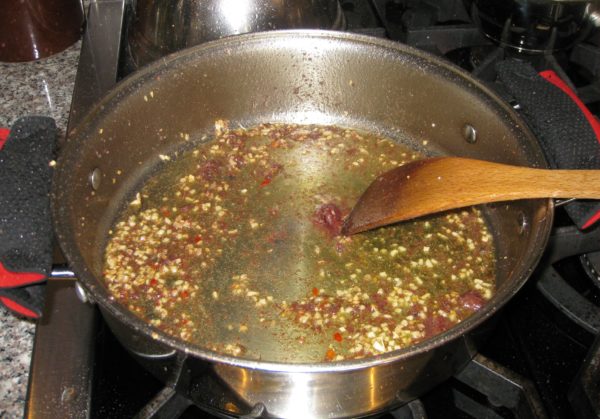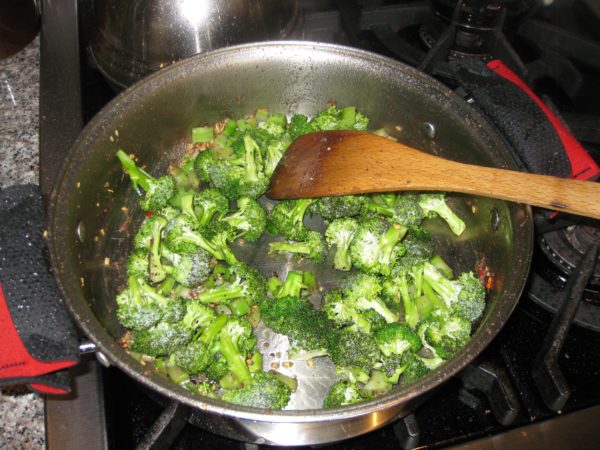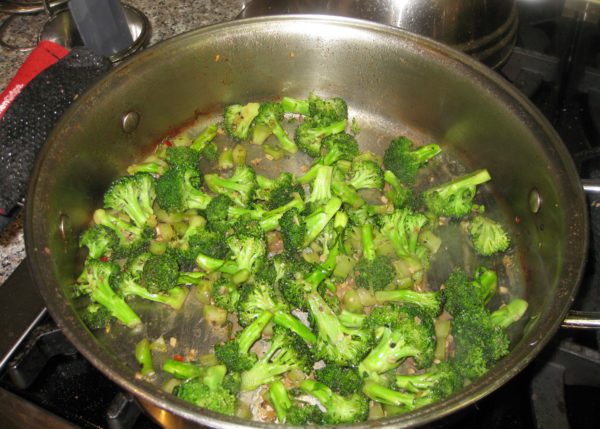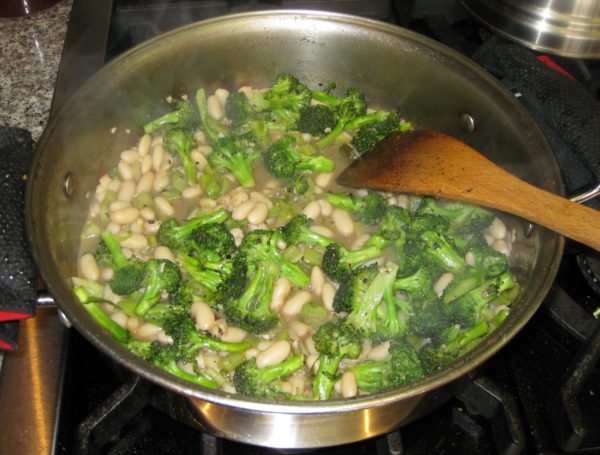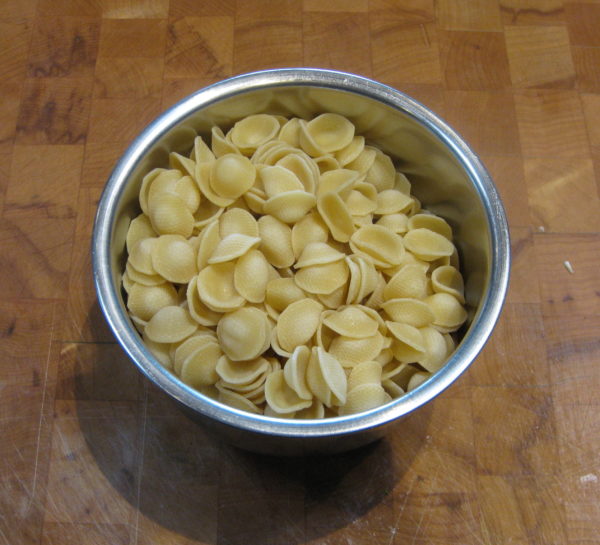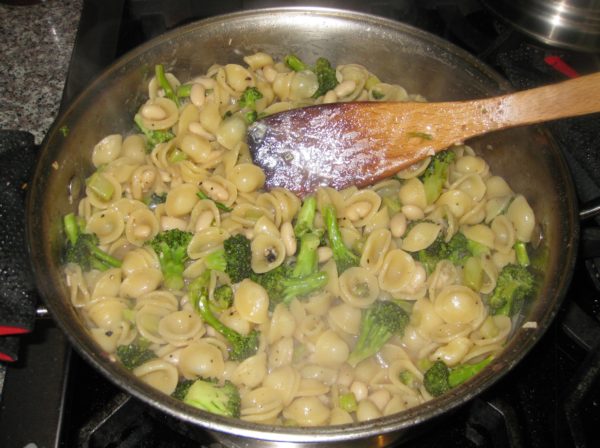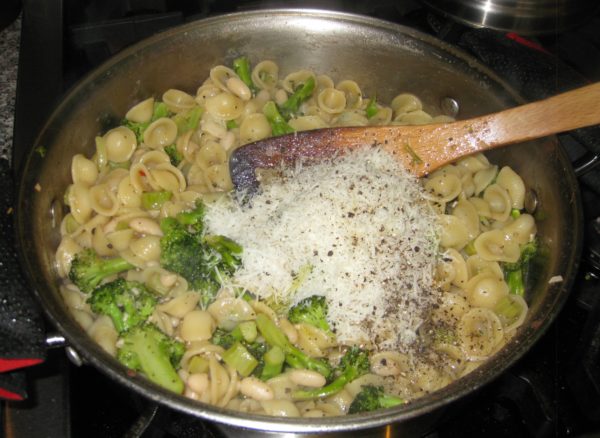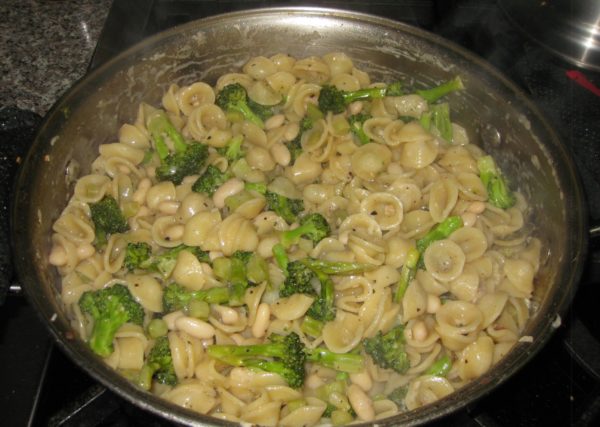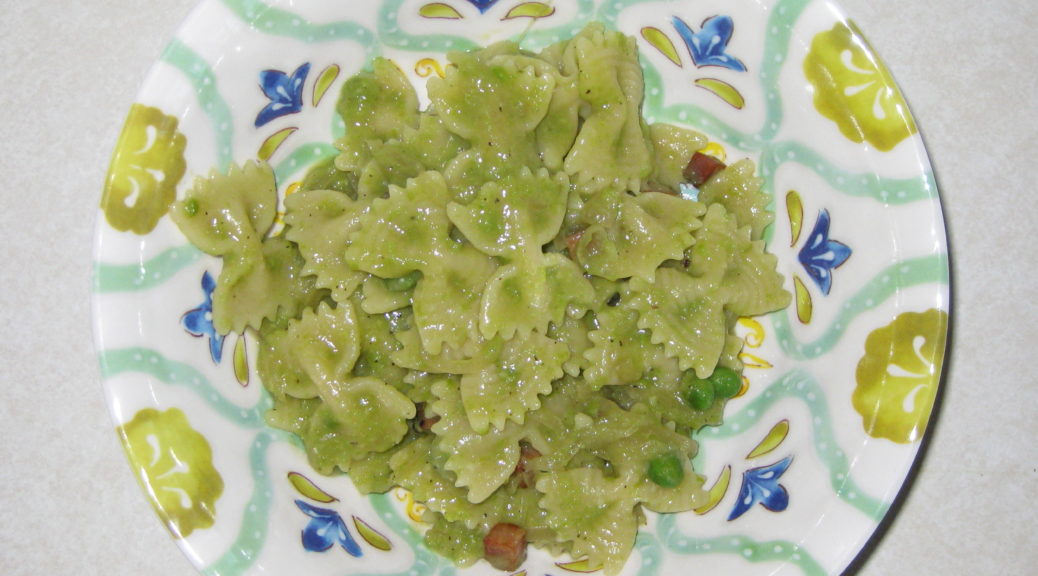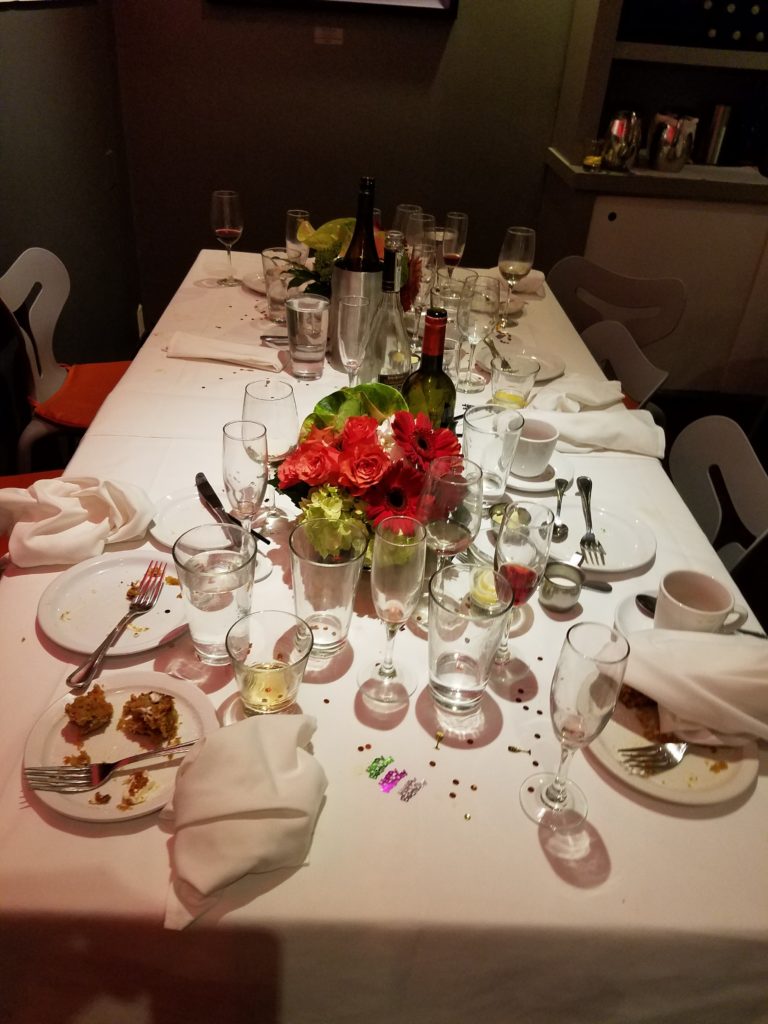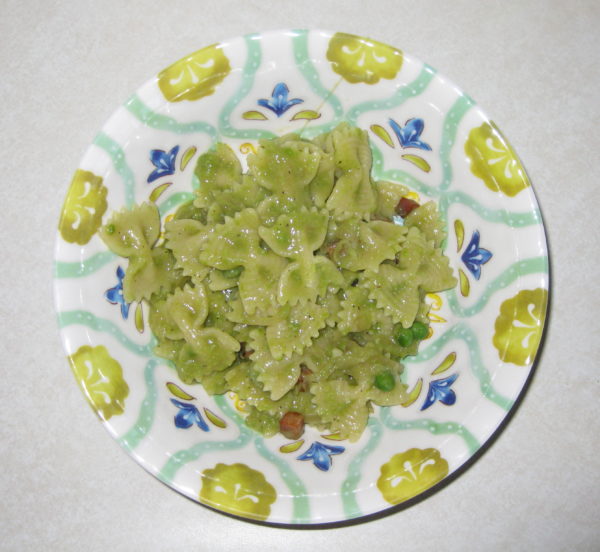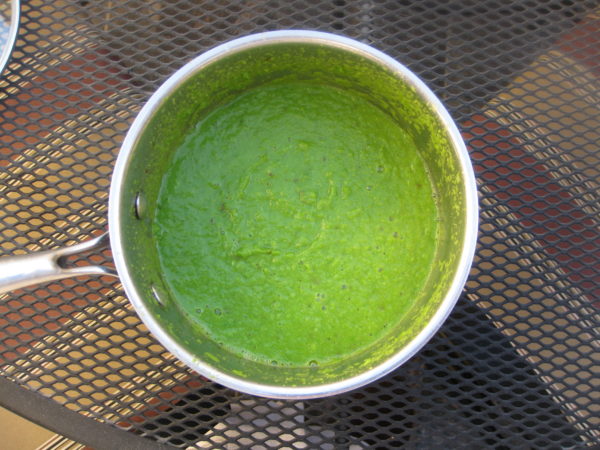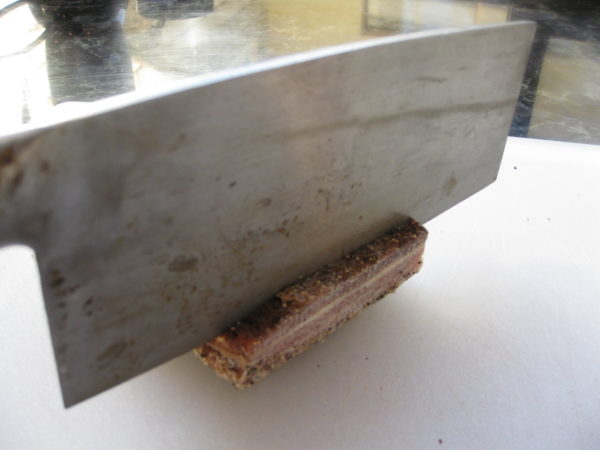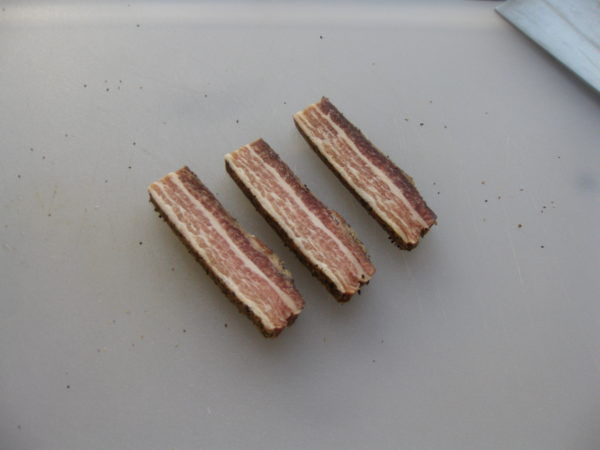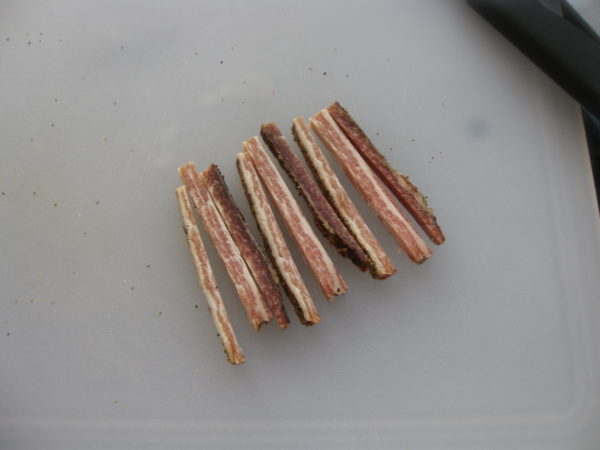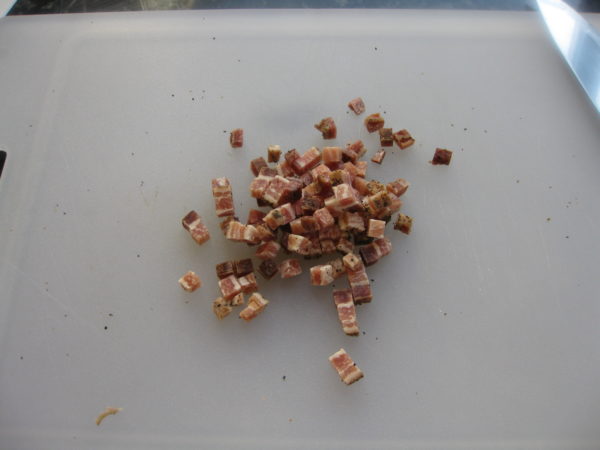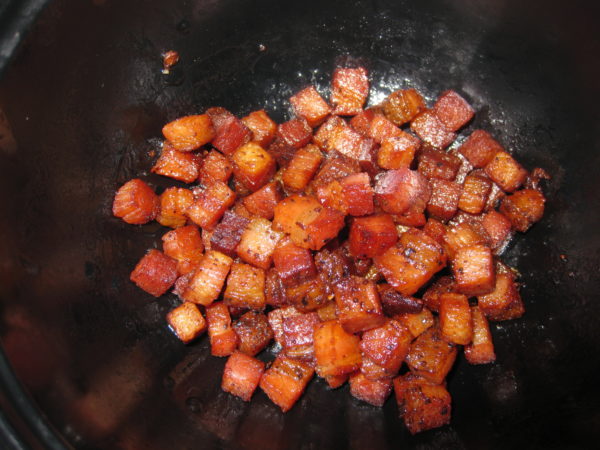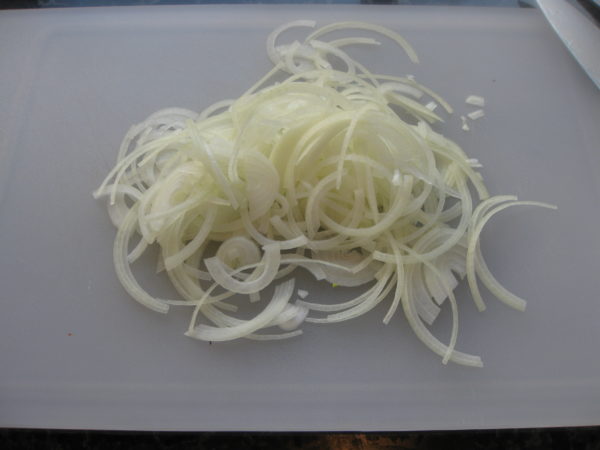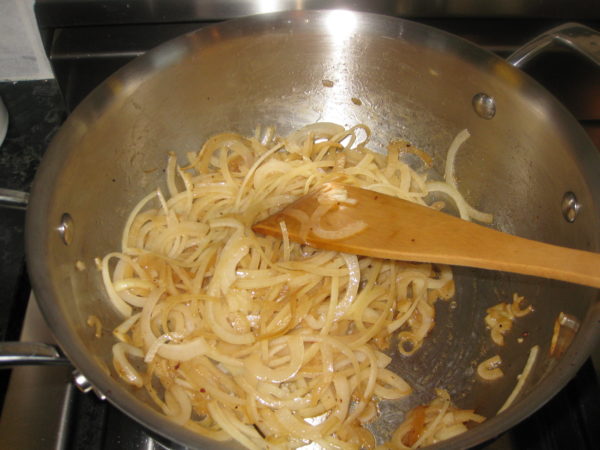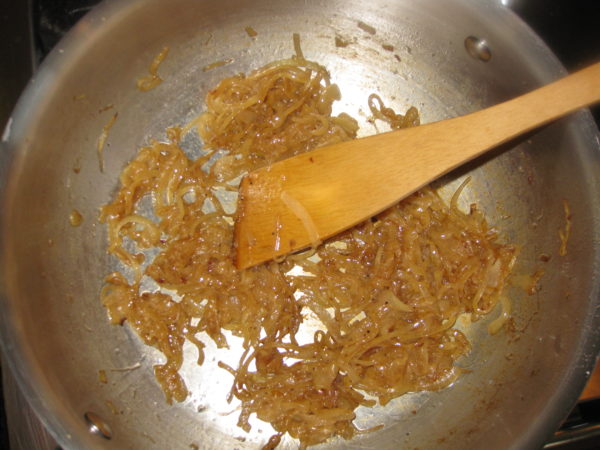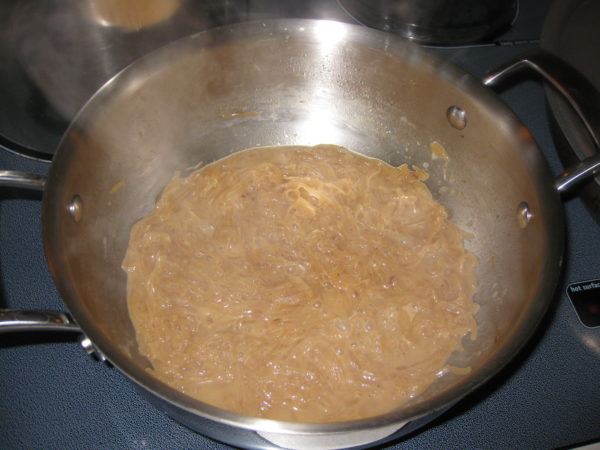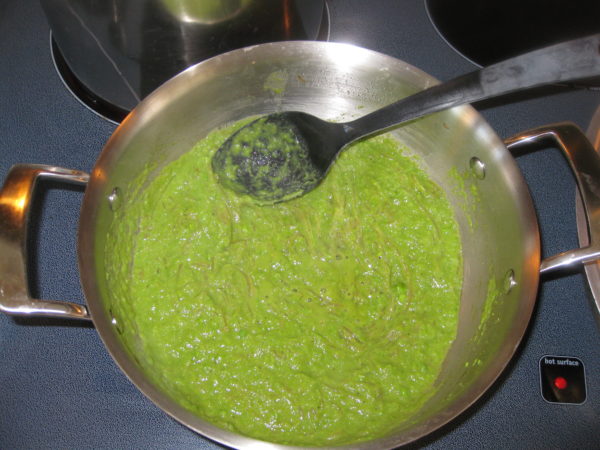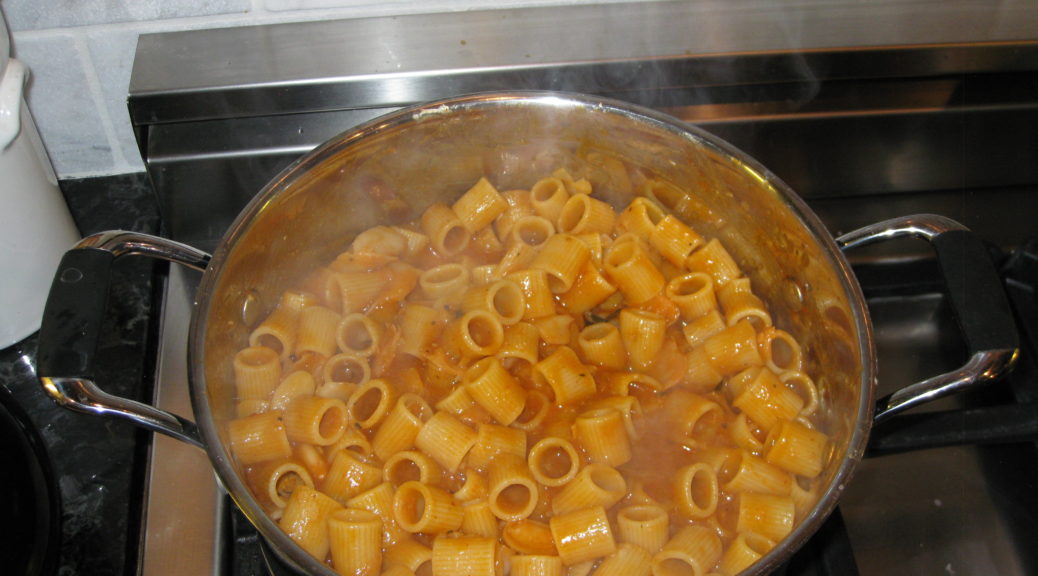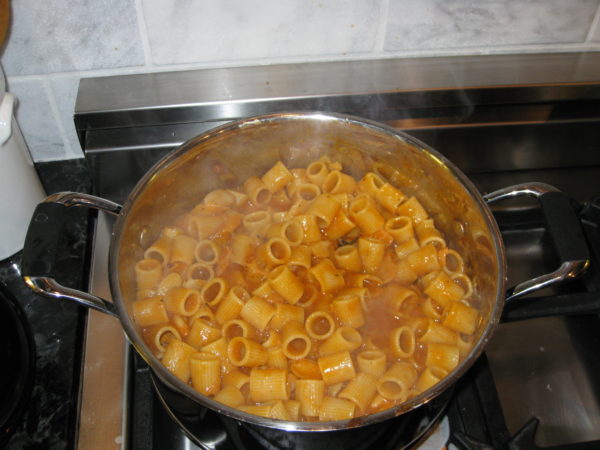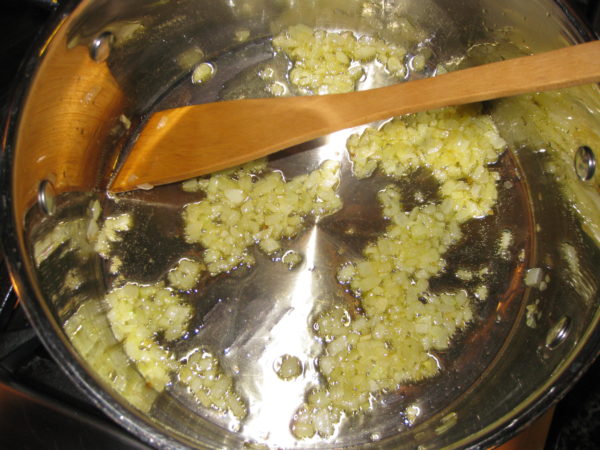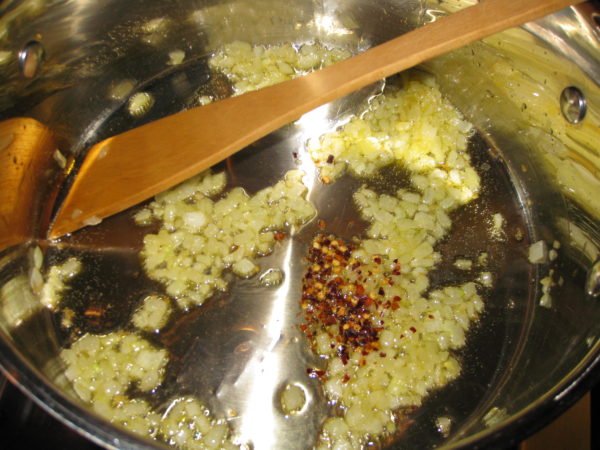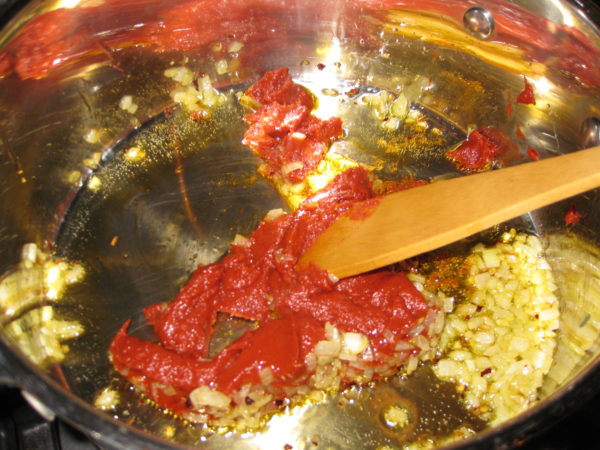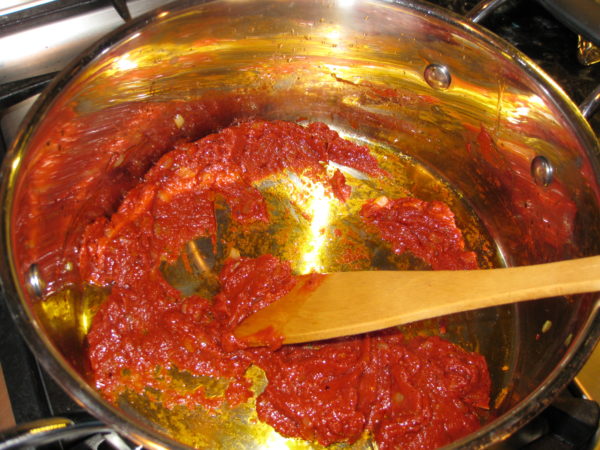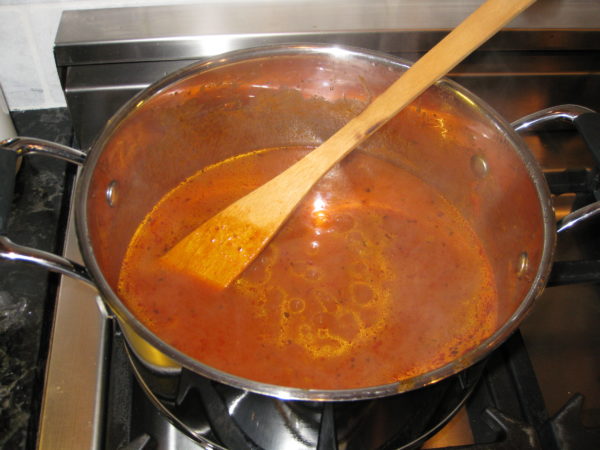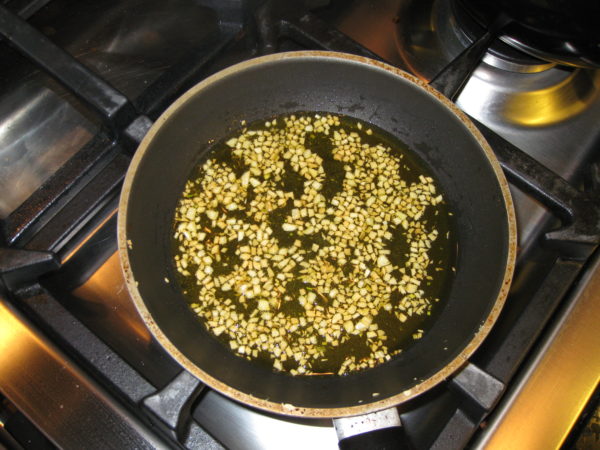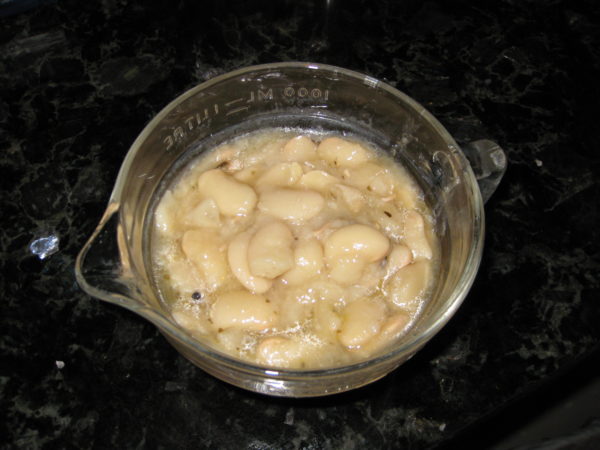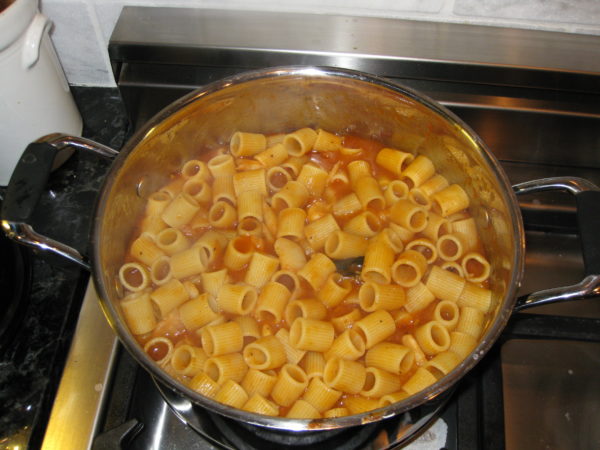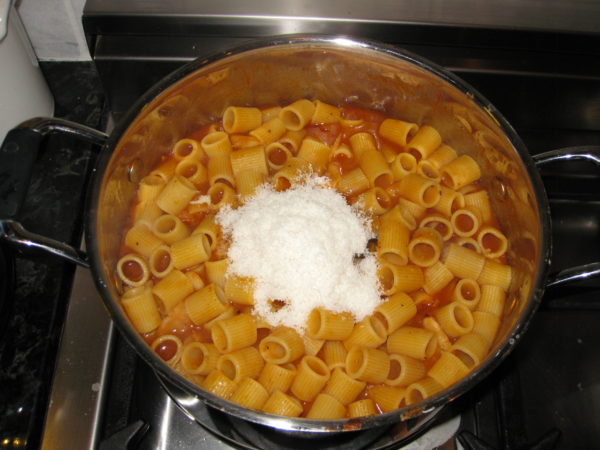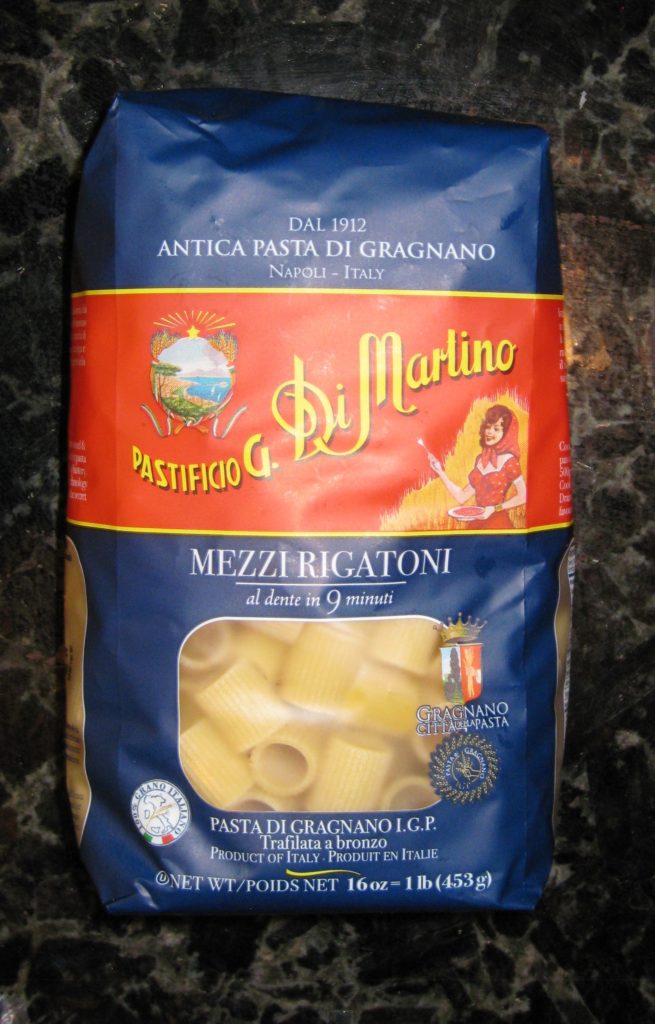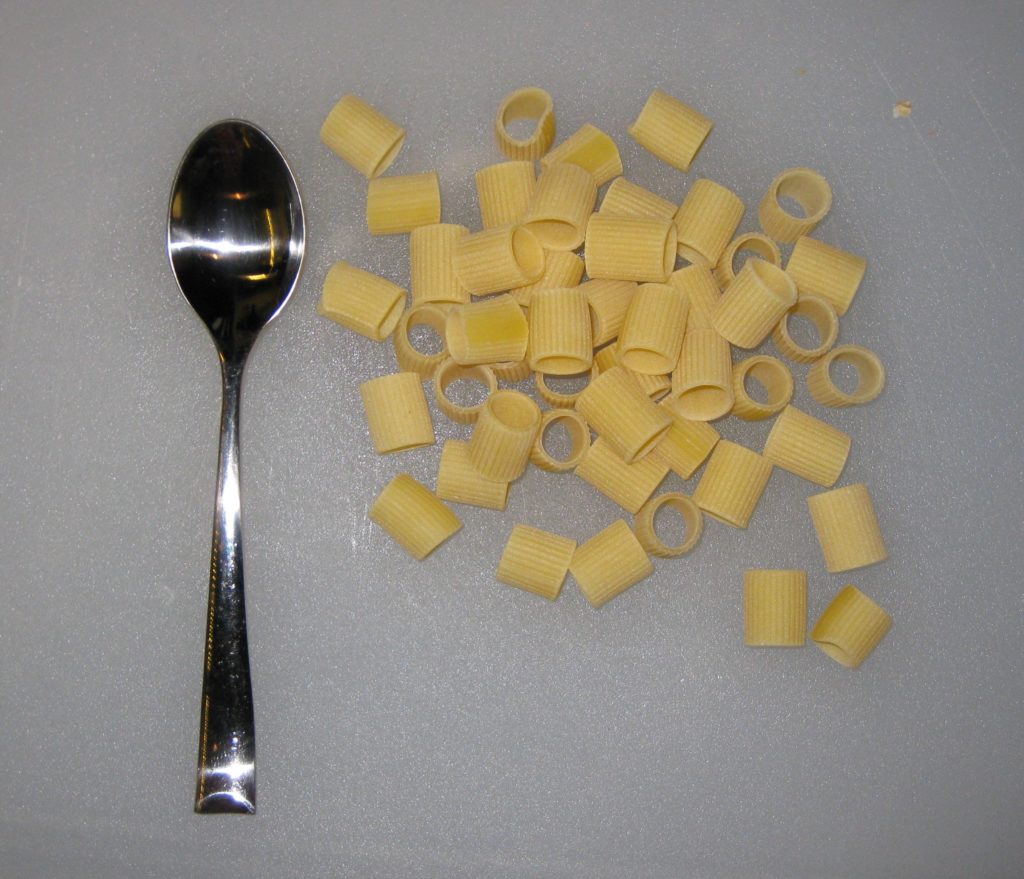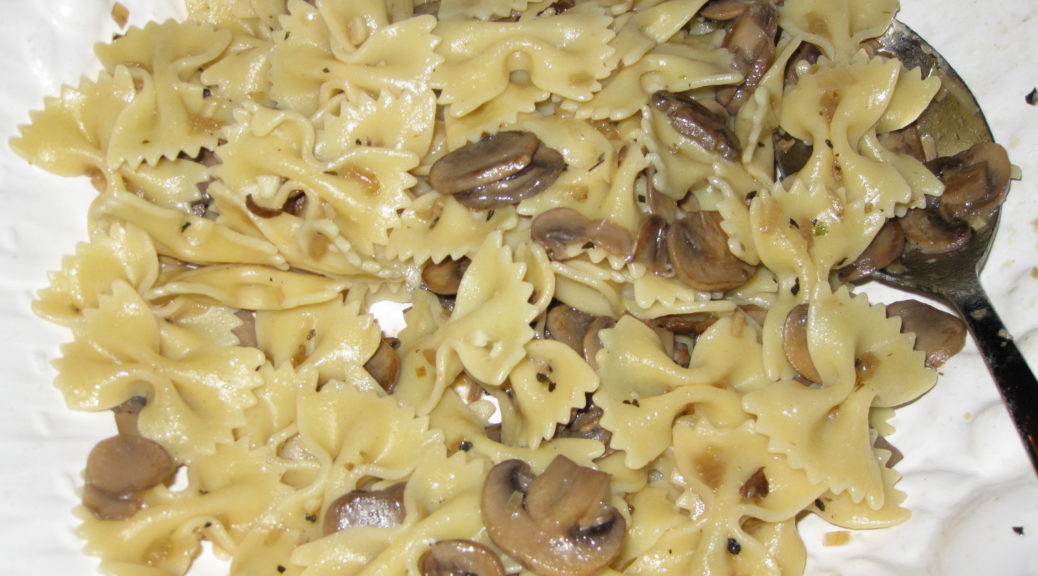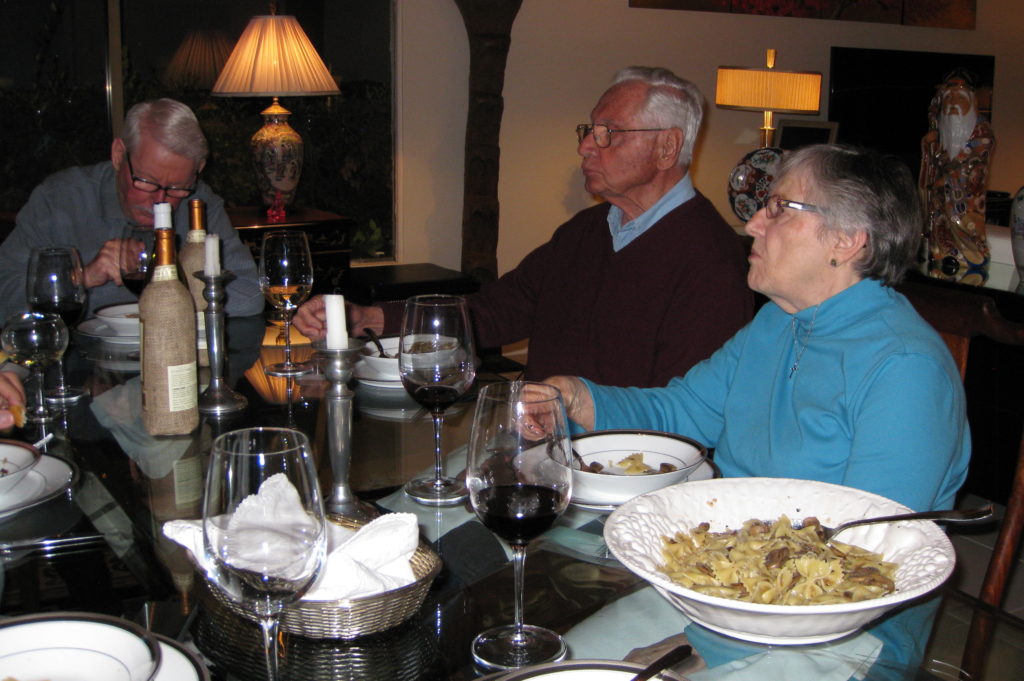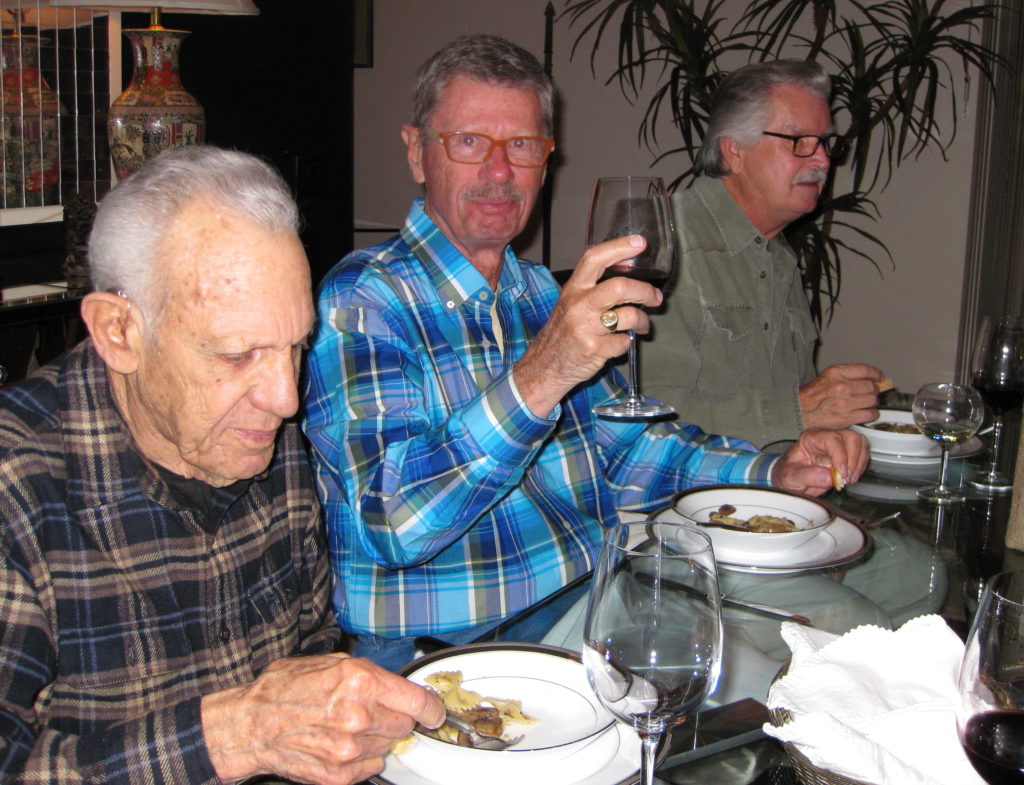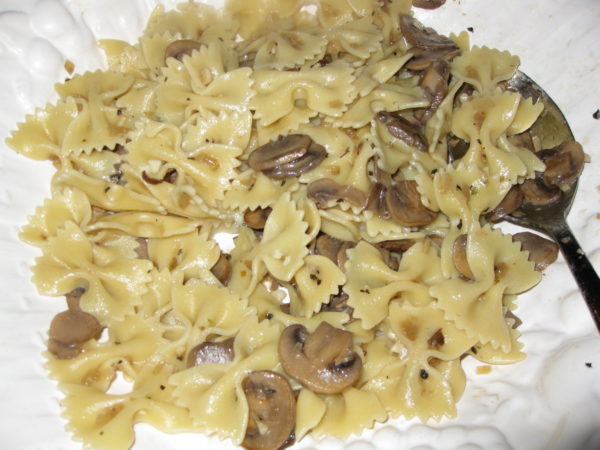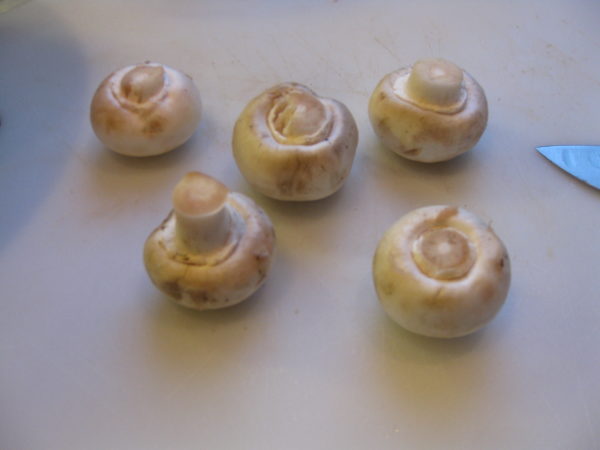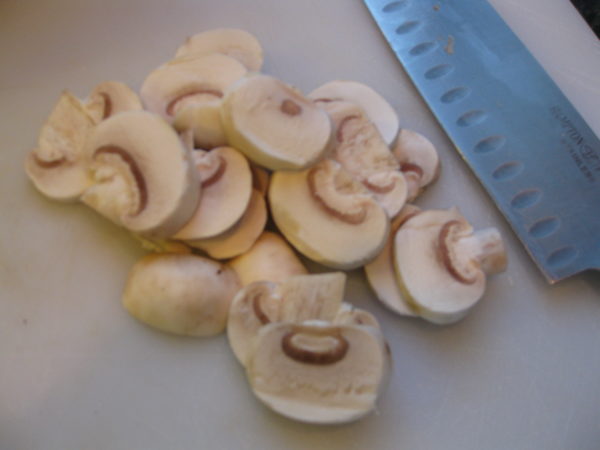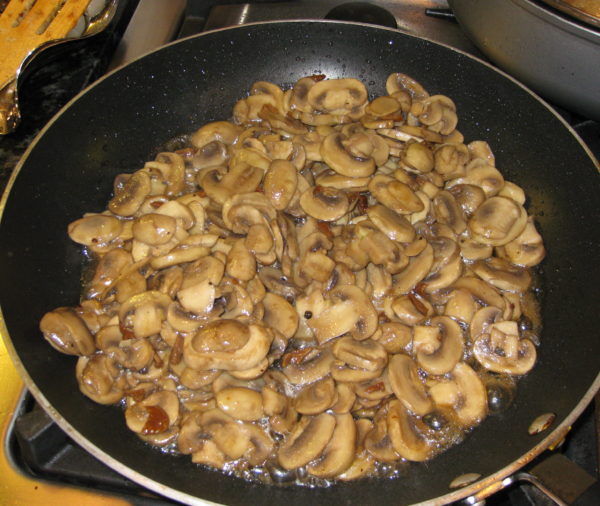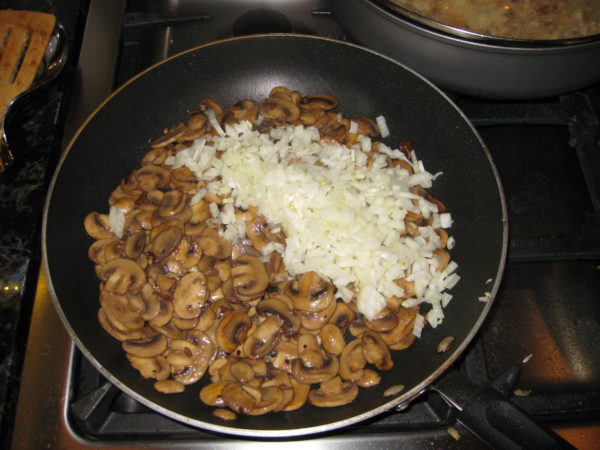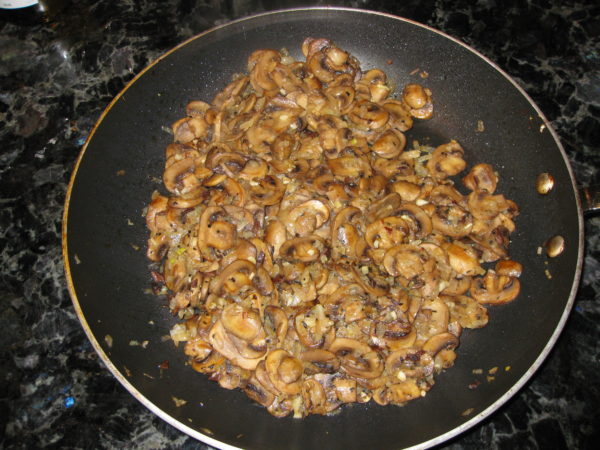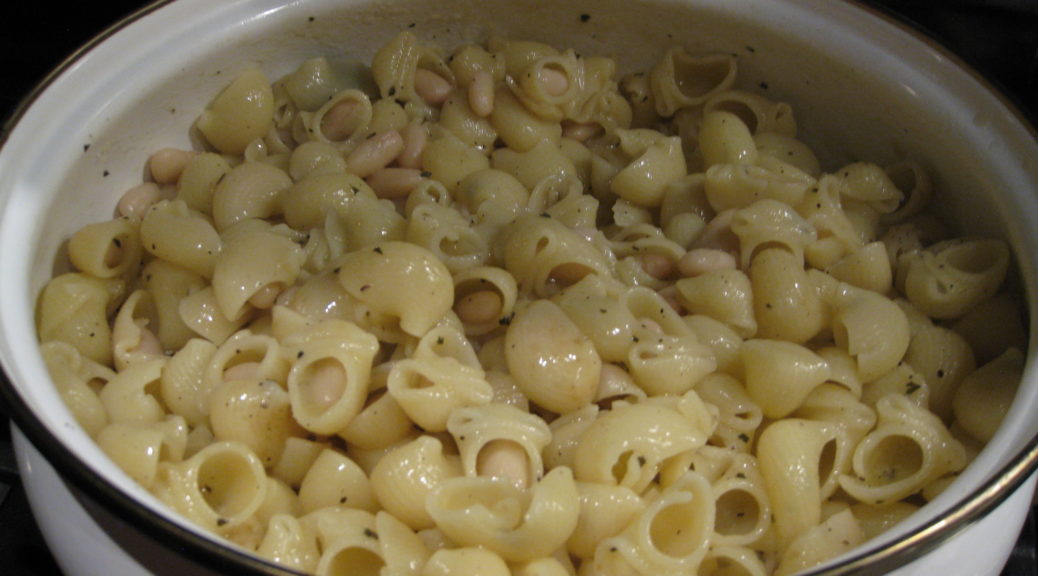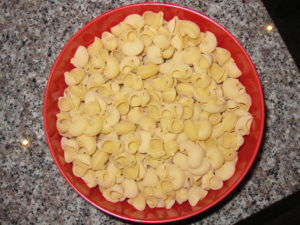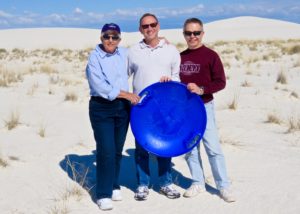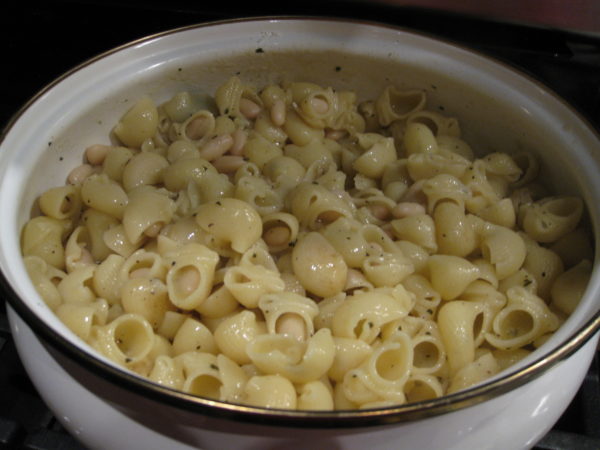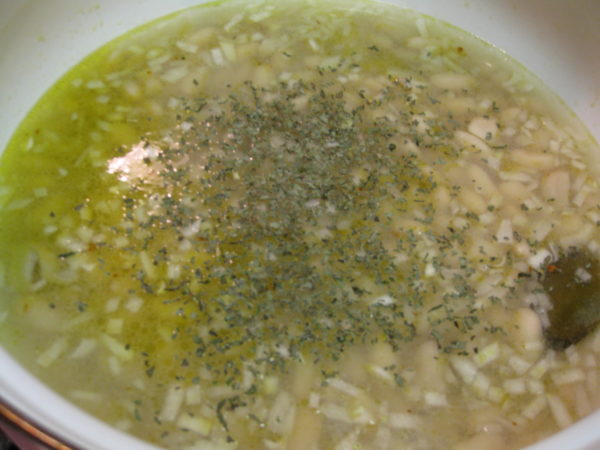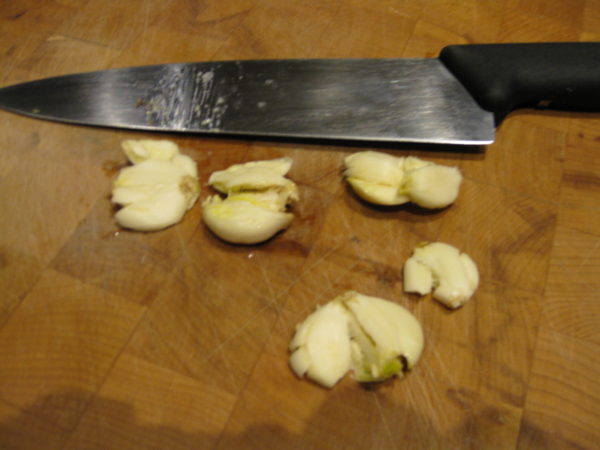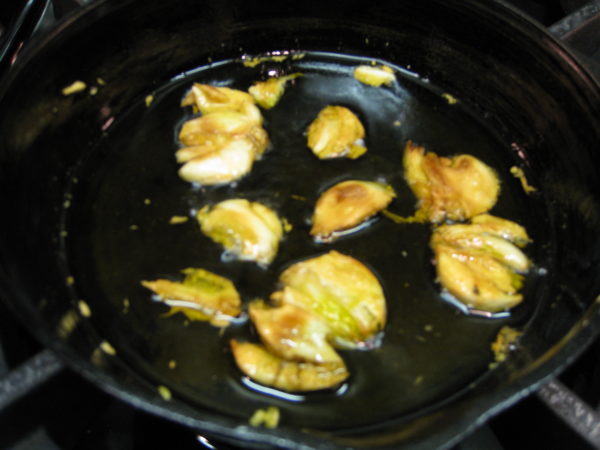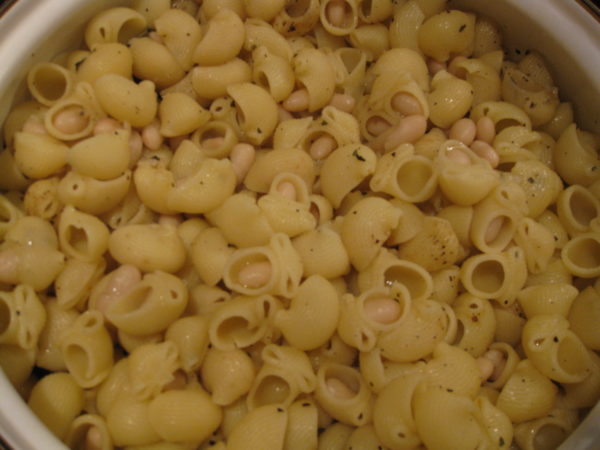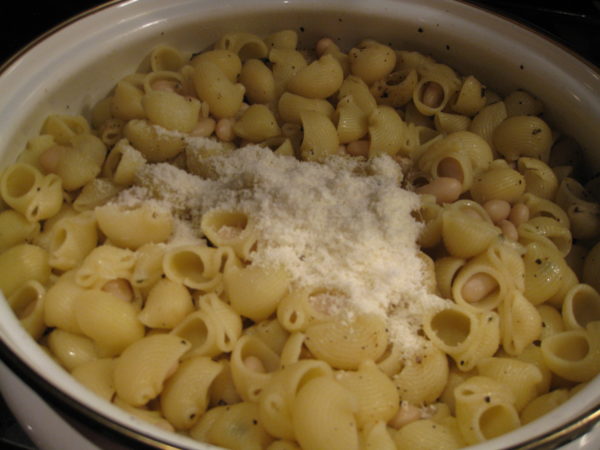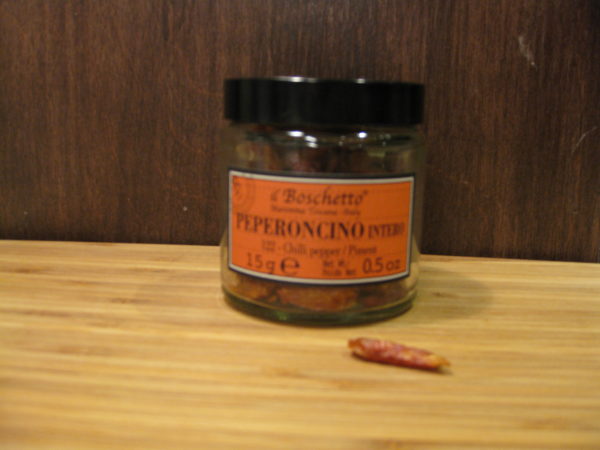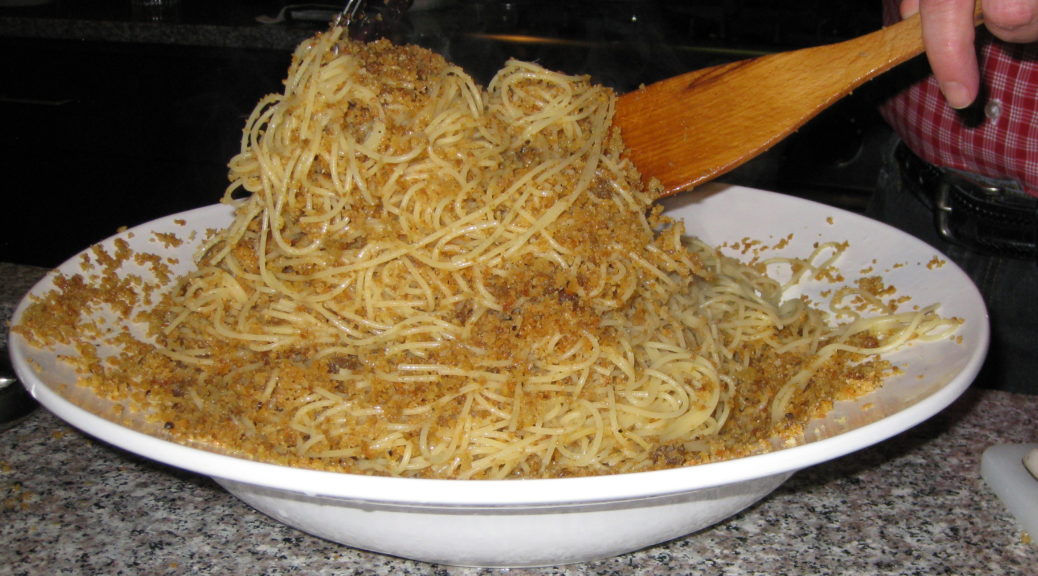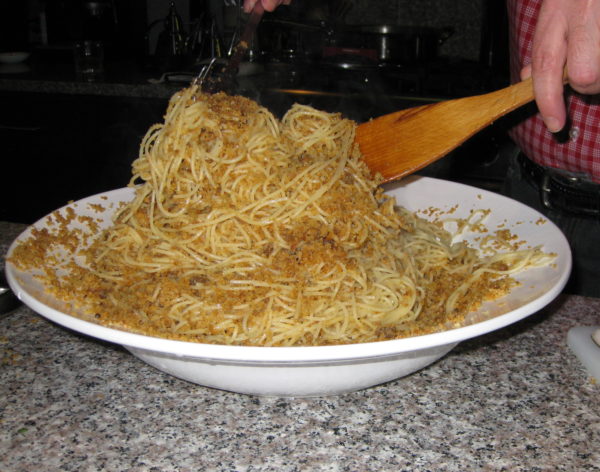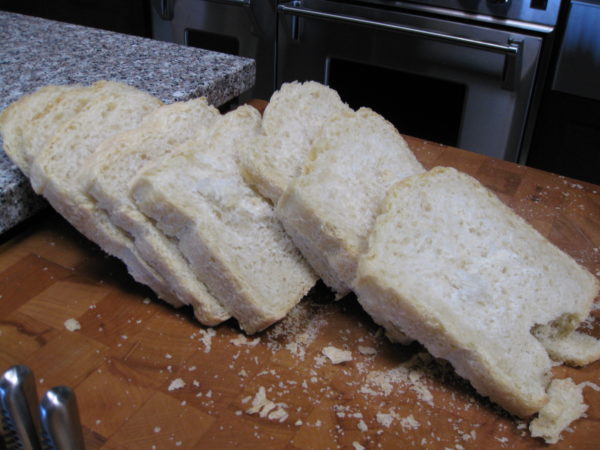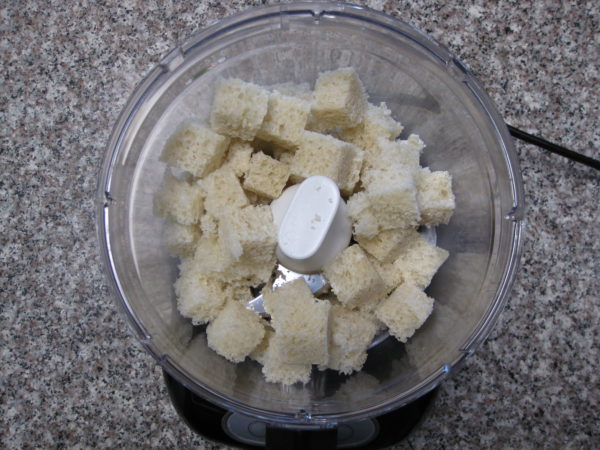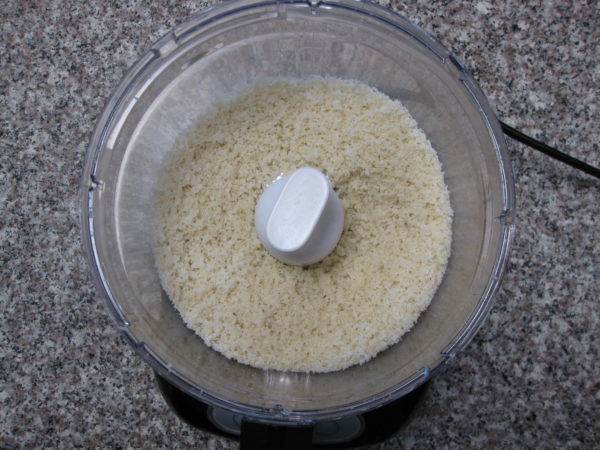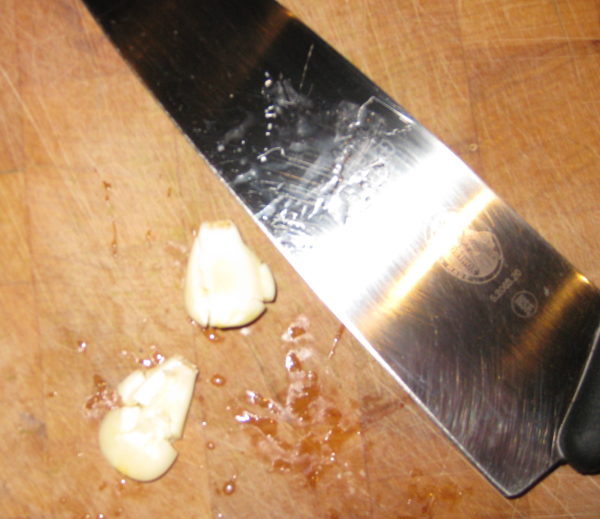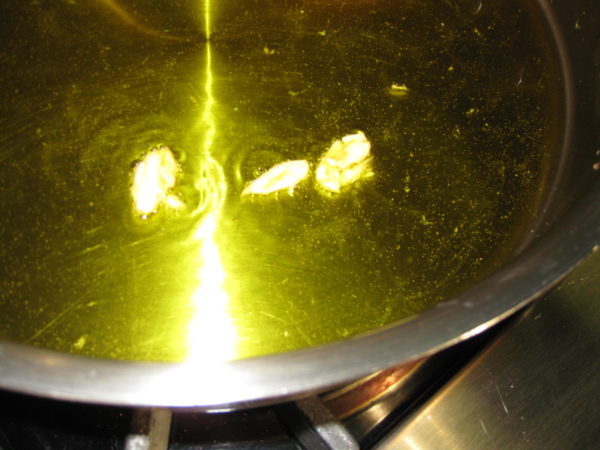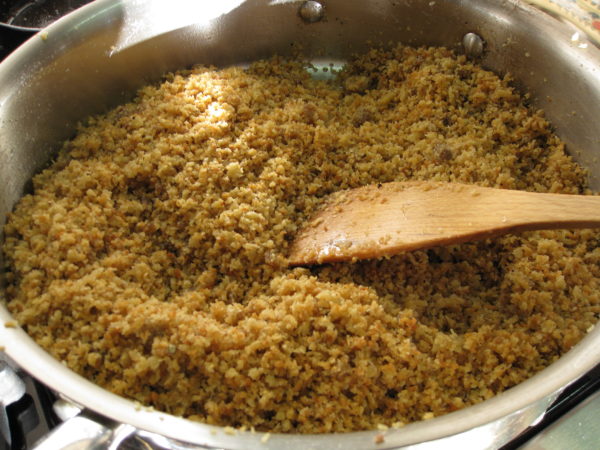July 5, 2017
Pasta tossed with a sauce of some sort of vegetable cooked in olive oil is an Italian classic. My mother frequently used either eggplant or zucchini, cooked them until they became very soft, and then tossed them with pasta.
I have one very vivid memory of this dish and it goes back to the summer of 1992.
After my mother was diagnosed with metastatic lung cancer in early summer 1992, she came to live with us. Until the last few days of her life in early January 1993, she took over our kitchen, a very comfortable role for her.
Over the years prior to her diagnosis, she had become friendly with our next door neighbor, Carla. During the last six months of her life she and Carla spent hours every day visiting and chatting. This was a wonderful arrangement as my husband, Frank, and I were working long hours. (It also led, through a number of interesting steps, to Frank and I becoming the god-parents for one of Carla and Billy’s children a few years later. But that’s a story for a different day.)
Frank had very long work hours a couple days per week. He rarely got home before 10 PM on those days. My mother and I would eat dinner earlier and then she would set aside his food.
But she did more than that.
When he got home, she always warmed up his dinner and then sat with him at the table while he ate. She never let him eat alone. Most likely, I was upstairs in bed. Since I got up earlier than Frank, I tried to be in bed by 10 PM to watch the news and go to sleep.
For some reason, the plate of pasta with zucchini sitting on the counter one evening to be warmed up for Frank’s dinner, knowing my mother would sit with him as he ate, is the mental image I have of this dish. I can’t make this without that image appearing in my mind. I think somehow that dish, made of very humble ingredients, came to represent the best of my mother’s nurturing characteristics.
She was a fierce advocate for her children. My sister and I both started school a year early because my mother thought we were intellectually ready (she was right) and she wasn’t going to take “no” for an answer from the school authorities.
Once, in second grade, my sister arrived home with the hem of her school uniform let down because one of the nuns thought it was too short. My mother promptly hemmed it, even shorter, and sent my sister to school the next day without ever saying a word. The hemline stayed put.
You didn’t mess with my mother where her children were concerned.
She continued cooking for us until less than a week before she died.
In those years we always gave a New Year’s Day party, a casual affair where people could come and relax and chat and eat. The Soviet Union was officially dissolved December 25, 1991. Most of 1992 saw the effects of the dissolution so the theme of our January 1, 1993 party was the dissolution of the Soviet Union.
For the party, my mother made 14 dozen stuffed cabbage rolls and 17 dozen potato pancakes!
She sat on the sofa throughout the entire party, chatting with everyone and being the life of the party. The next day she took a turn for the worse and on the morning of January 6th she died.
Some of my best memories involve food, most of which was cooked by family and friends who are no longer with us. Capturing and preserving those recipes is the way that I pay homage to them and to the culture and values they passed on to me.
Click HERE to join our mailing list and you’ll never miss a recipe again!

| Prep Time | 15 minutes |
| Cook Time | 1 hour |
| Servings |
people
|
- 1 medium yellow onion
- 1/4 teaspoon crushed red pepper or to taste (optional)
- 4 cups zucchini sliced 1/4 inch thick
- 1/3 cup olive oil
- 1/2 teaspoon dry oregano
- 1/2 teaspoon dry basil
- 3 cloves garlic
- 1 pound dry pasta such as farfalle or shells
- 1/3 cup Parmigiano Reggiano cheese freshly grated
- 2 tablespoons extra virgin olive oil
- 1/3 cup salt plus additional
- black pepper freshly ground
Ingredients
|

|
- Dice the onion.
- Peel the zucchini and slice approximately ¼ inch thick.
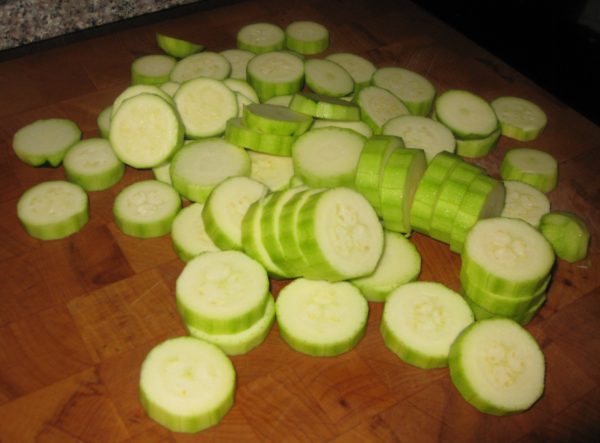
- Mince the garlic.
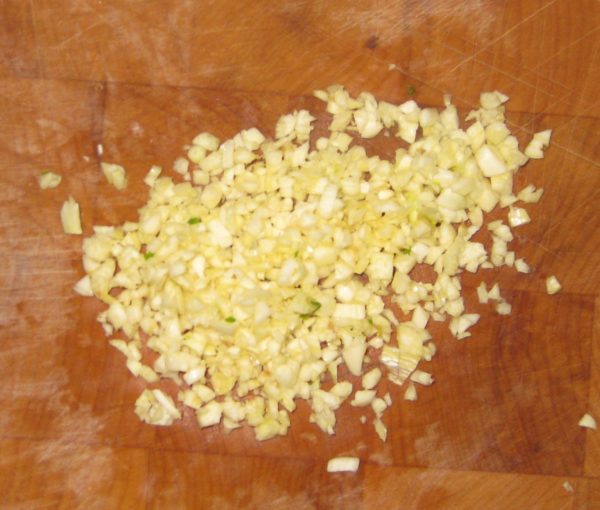
- In a large, heavy-bottomed sauté pan large enough to hold the pasta and sauce, sauté the onion and crushed red pepper, if using, over medium heat until the onion is golden and soft. Do not brown the onion.
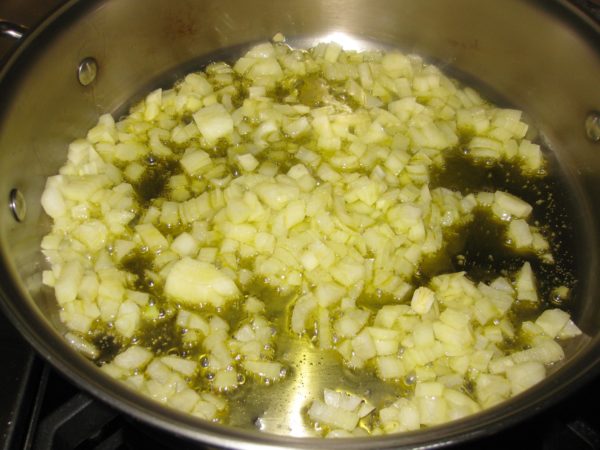
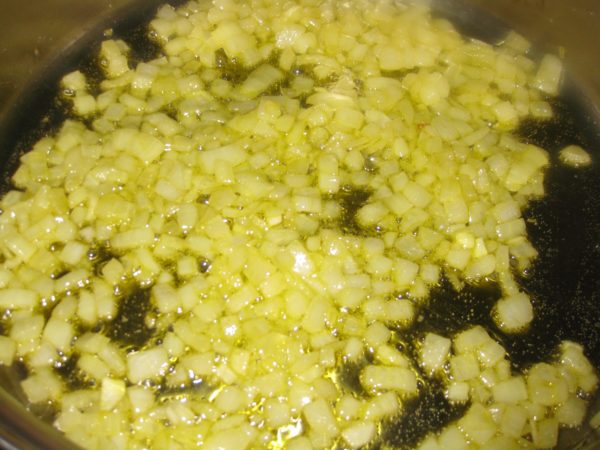
- Add the zucchini. Toss to coat with oil. Season liberally with salt and freshly ground black pepper.
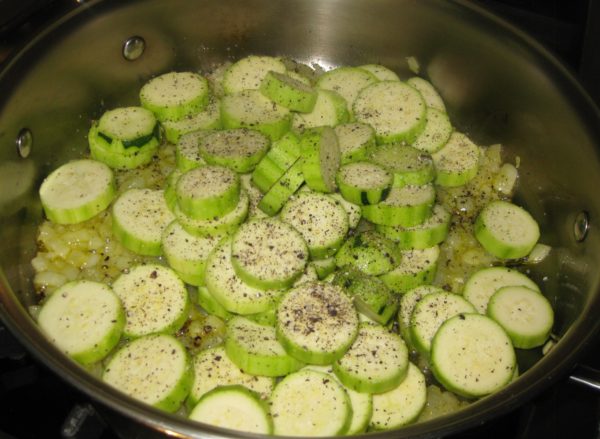
- Sauté on medium to medium high heat, adjusting from time to time to avoid browning the zucchini.
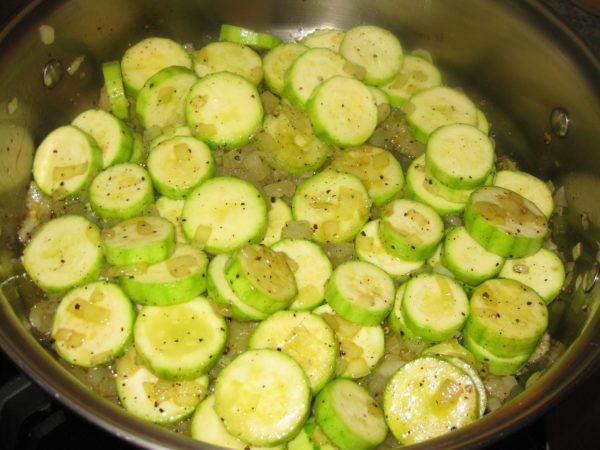
- Add the dry oregano and dry basil, if using, after about 20 minutes.
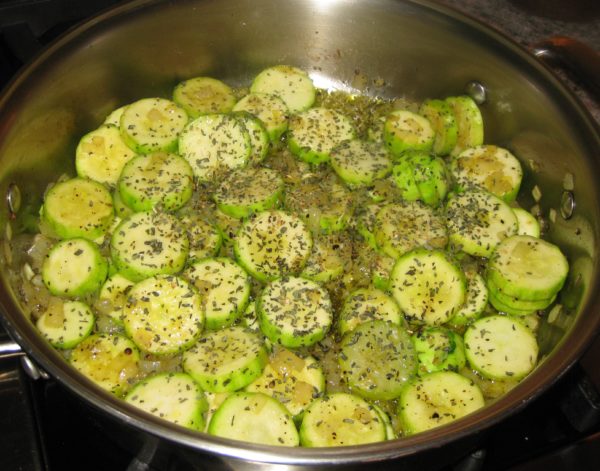
- Continue to sauté, stirring often, until the zucchini is quite soft, but still intact. It can turn golden but should not brown. Taste and adjust salt and pepper while the zucchini is cooking.
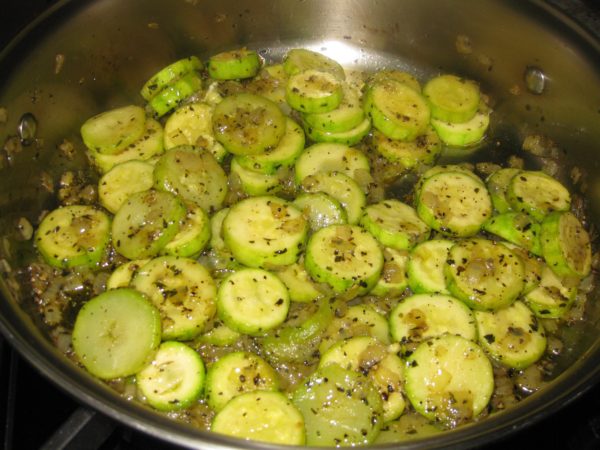
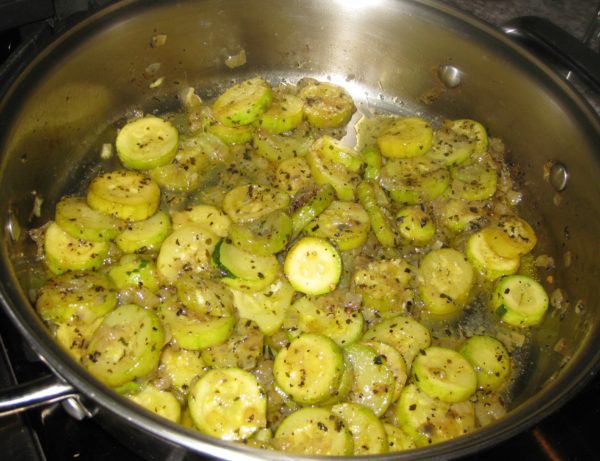
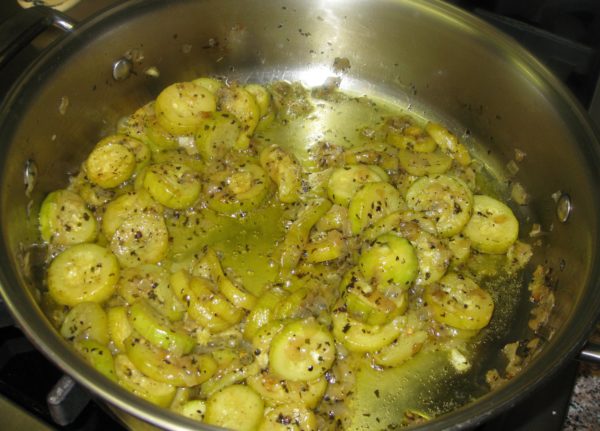
- Add the minced garlic and cook until fragrant, about 5 minutes longer.
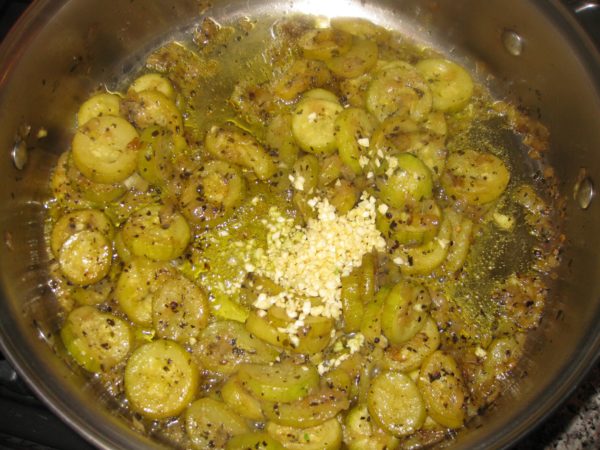
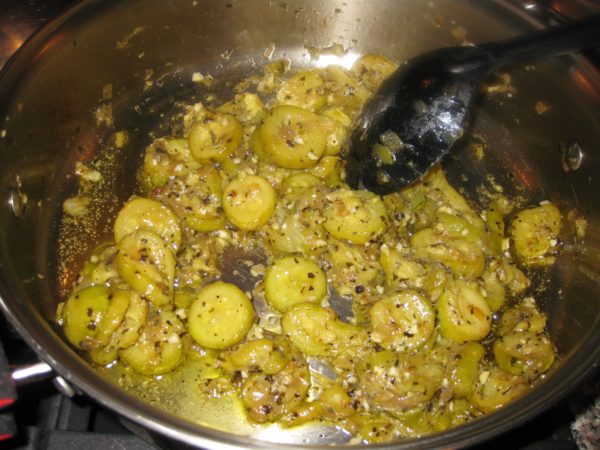
- The dish can be prepared several hours in advance to this point. Simply take the sauté pan off the heat and cover it.
- Bring three quarts of water to a rolling boil. Add 1/3 cup salt. Add the pasta and cook at a full boil until the pasta is almost al dente. It should still be just the tiniest bit hard in the center.
- Reserve at least one cup of pasta-cooking liquid.
- Drain the pasta and add it to the zucchini in the sauté pan. Add about ½ cup of reserved pasta-cooking liquid and fresh basil, if using, and cook over medium heat at a light boil until the pasta is al dente. Add more pasta-cooking water as needed. There should be some liquid in the pan when the pasta is finished.
- Off the heat, stir in the Parmigiano Reggiano cheese and 2 tablespoons of extra virgin olive oil. Add a bit more pasta-cooking liquid if needed to emulsify the cheese and olive oil to create a glossy sauce that just clings to the pasta.

- Taste and adjust salt and pepper.
Copyright © 2017 by VillaSentieri.com. All rights reserved.

